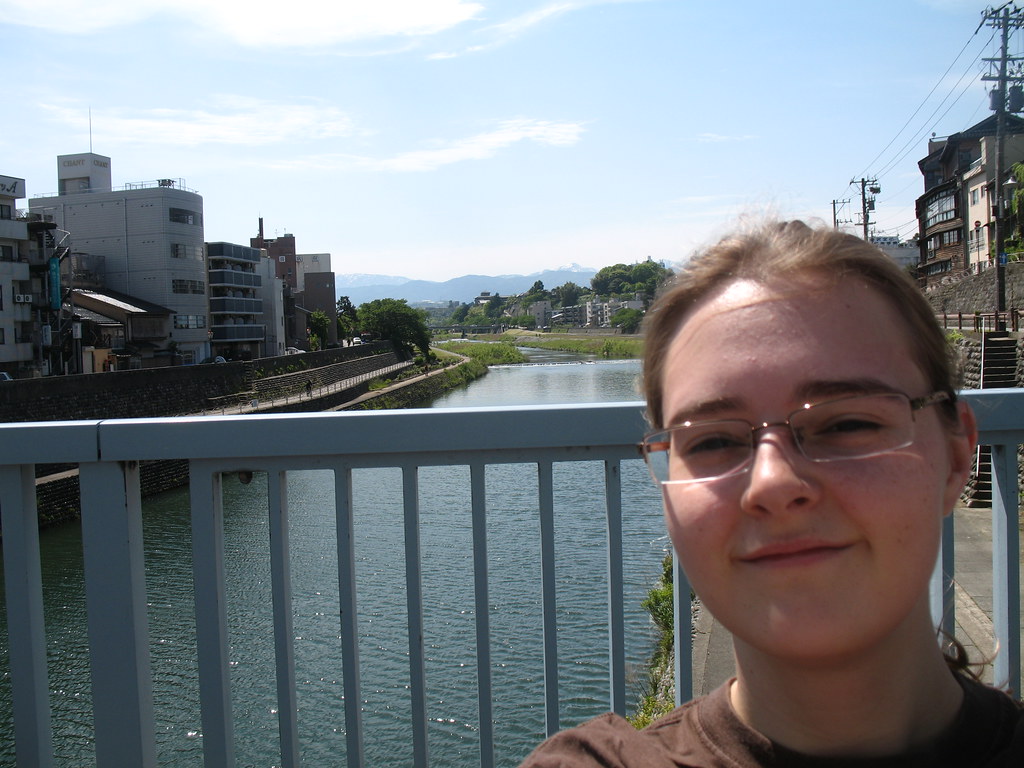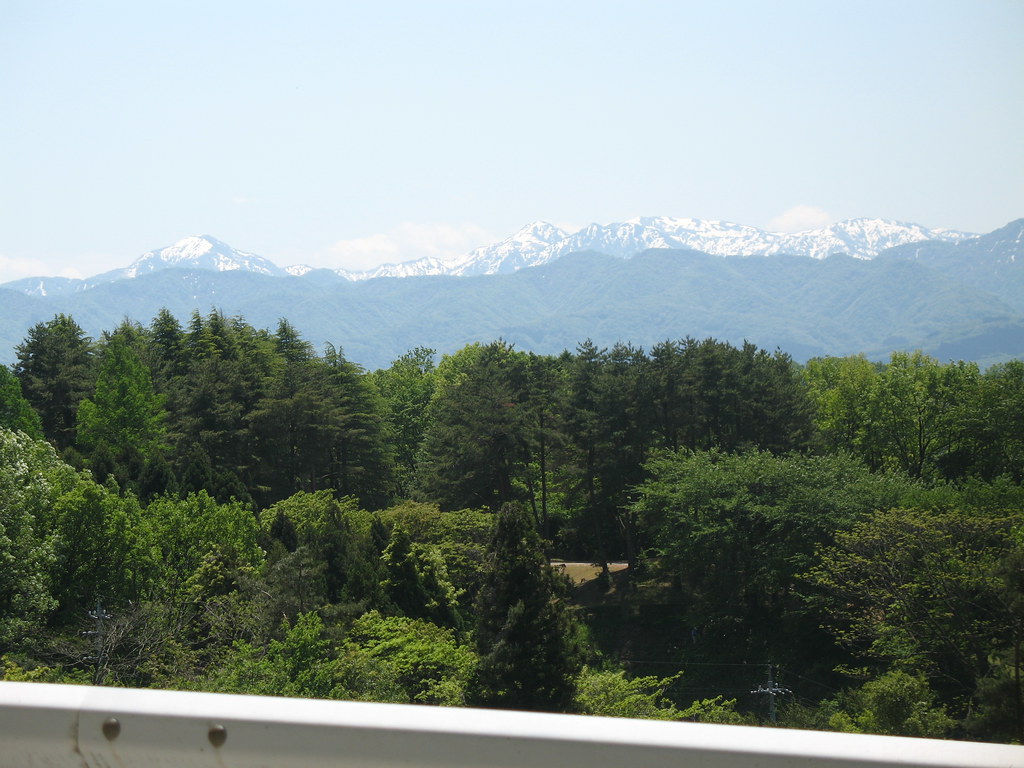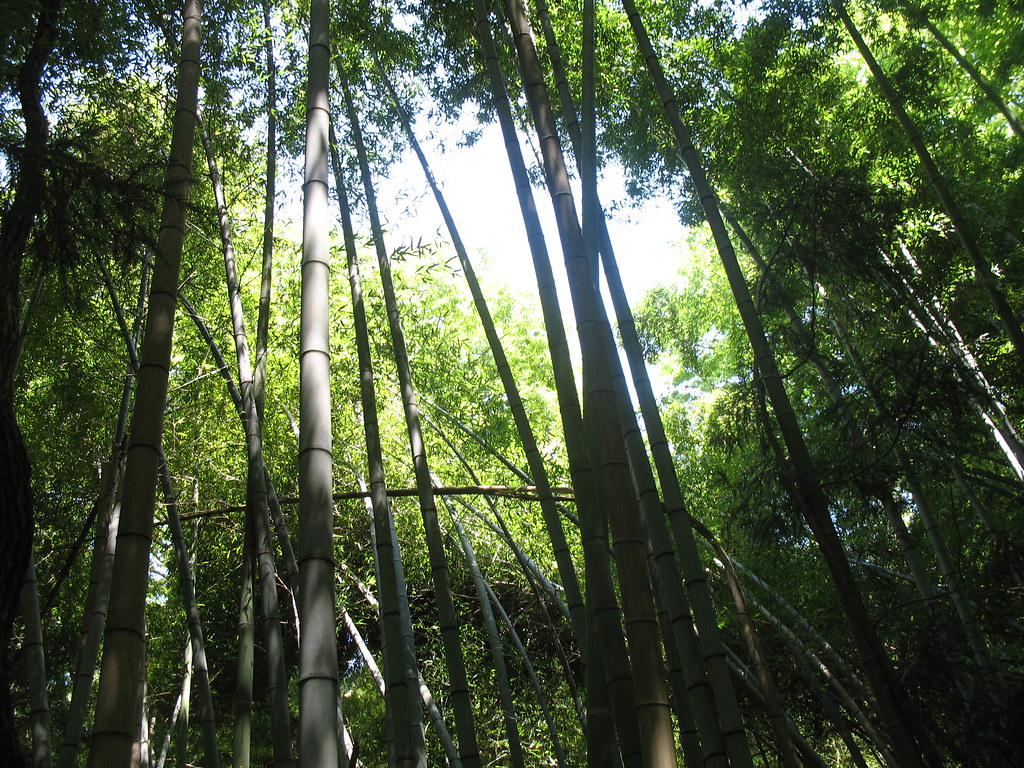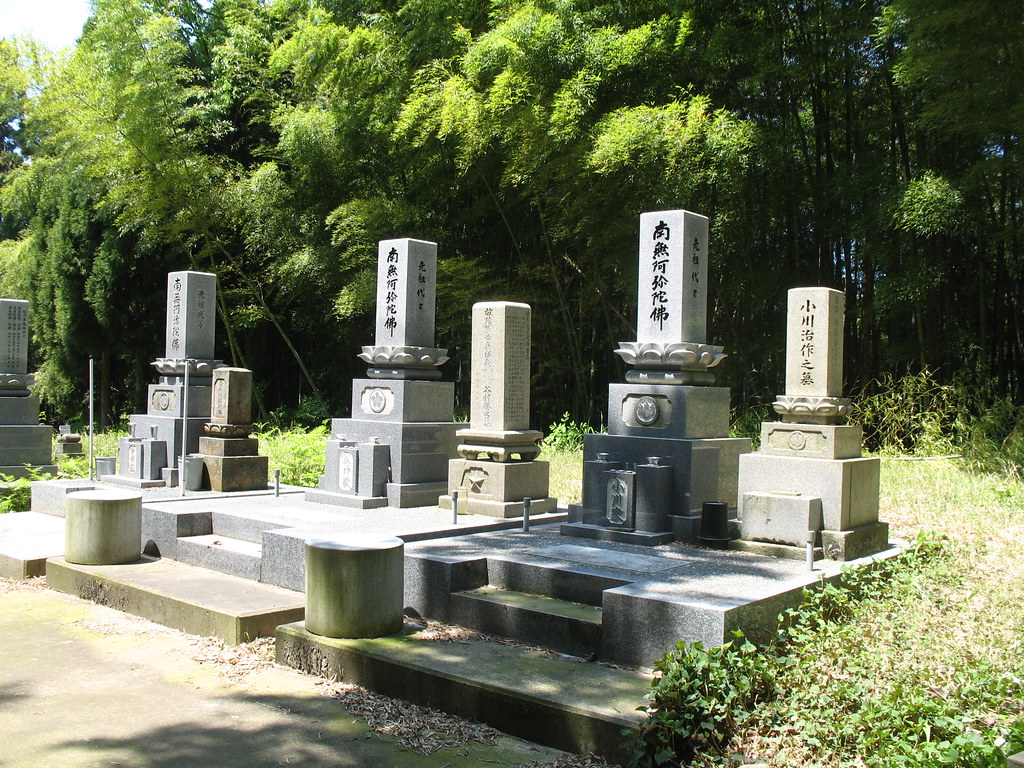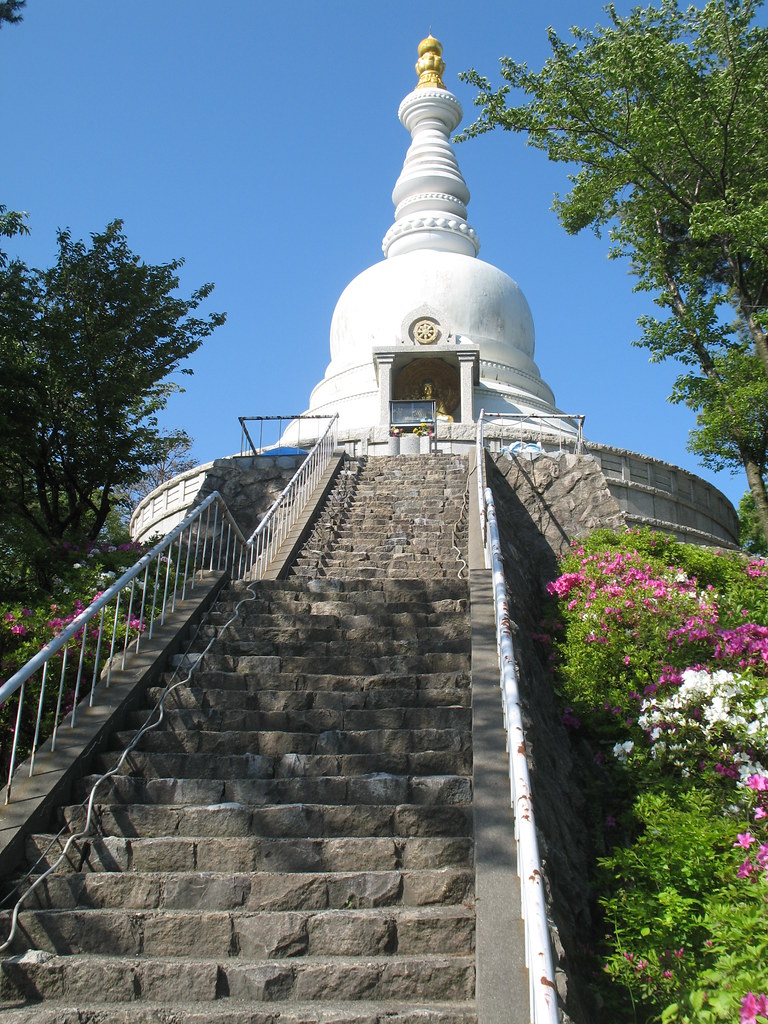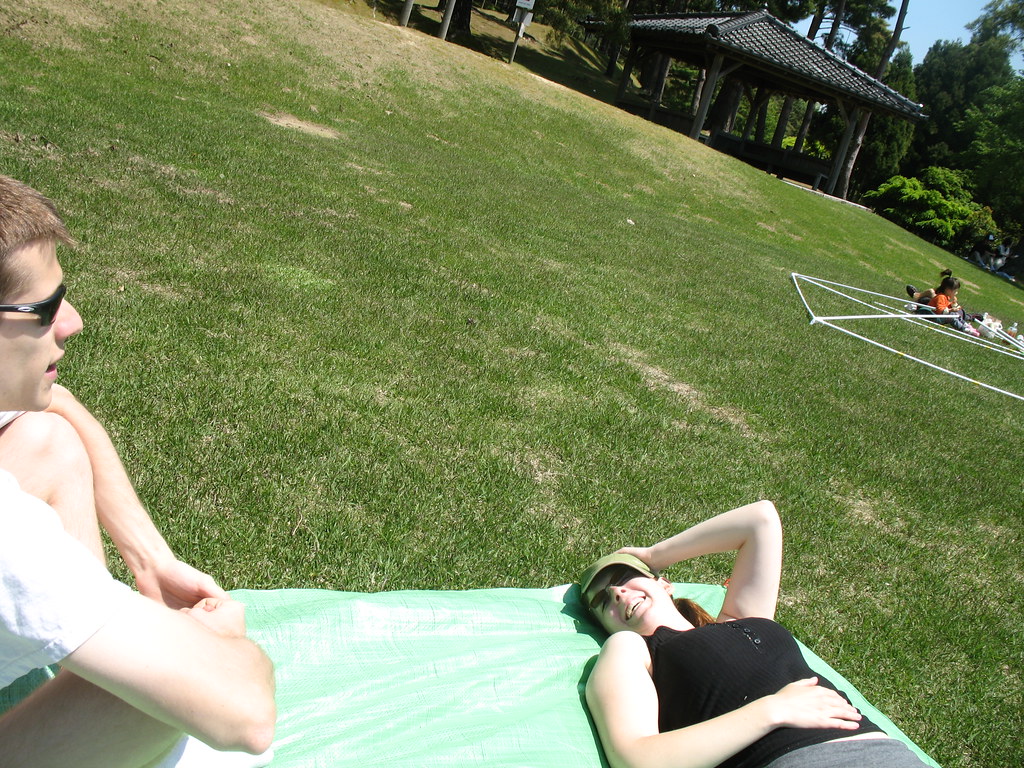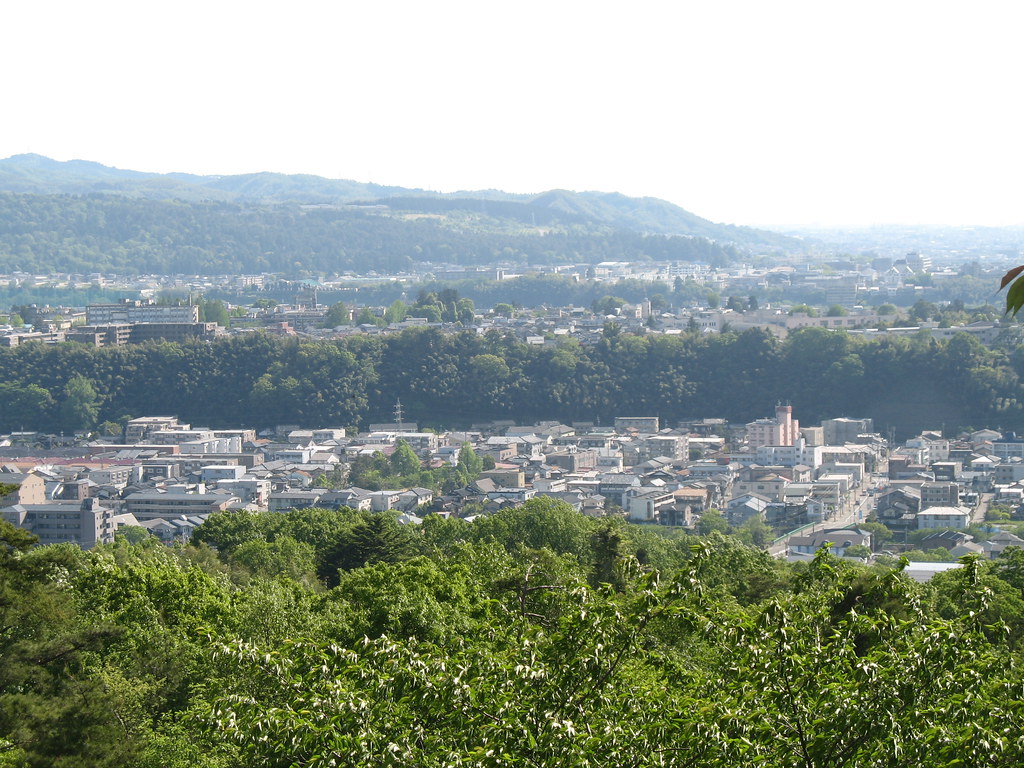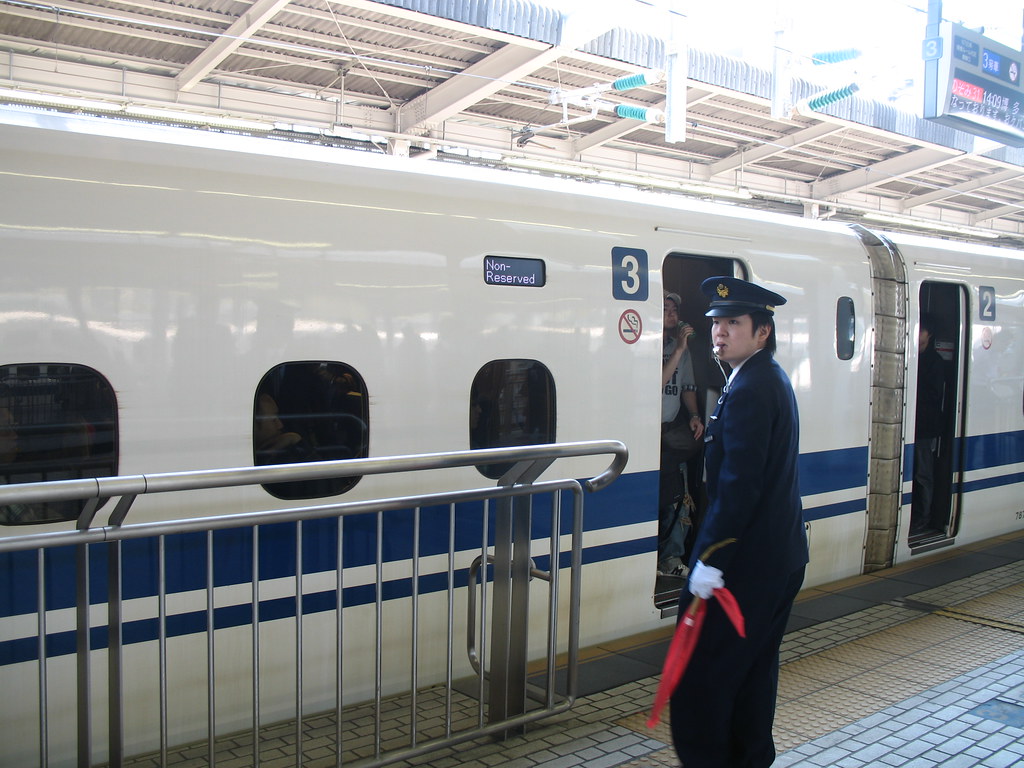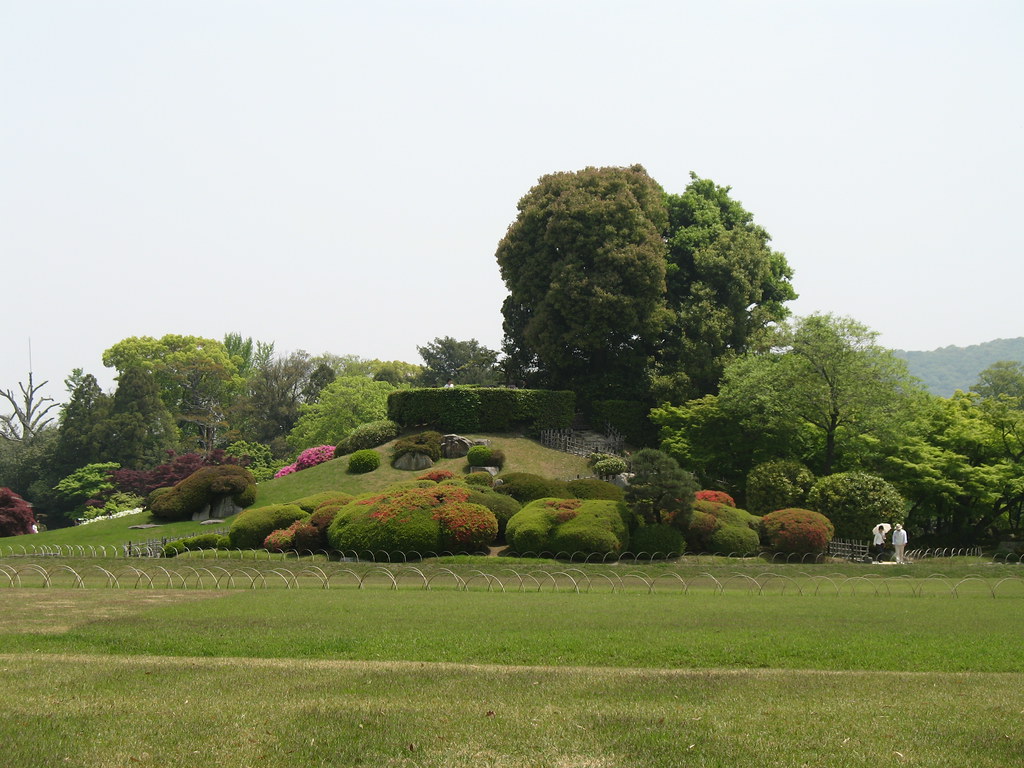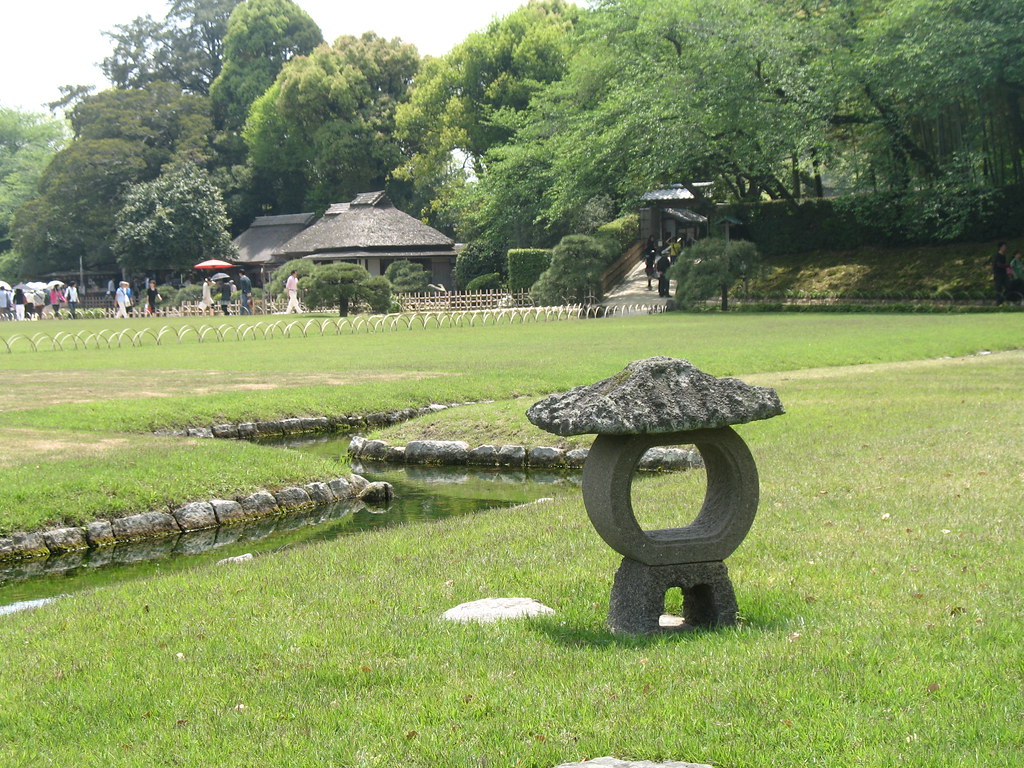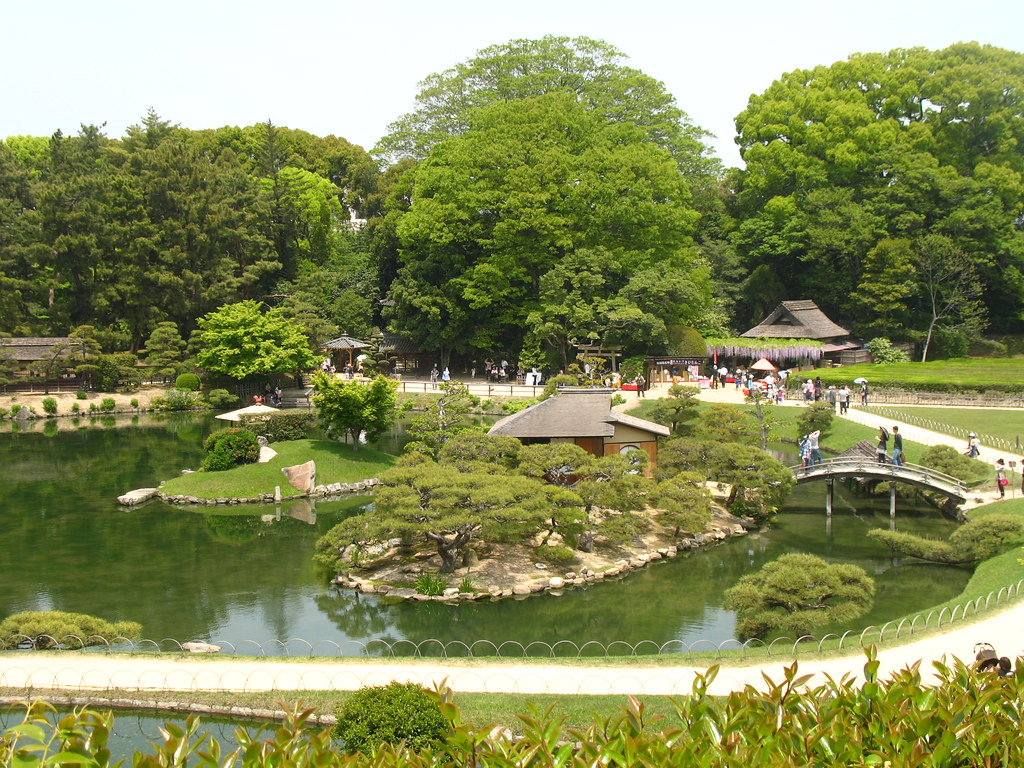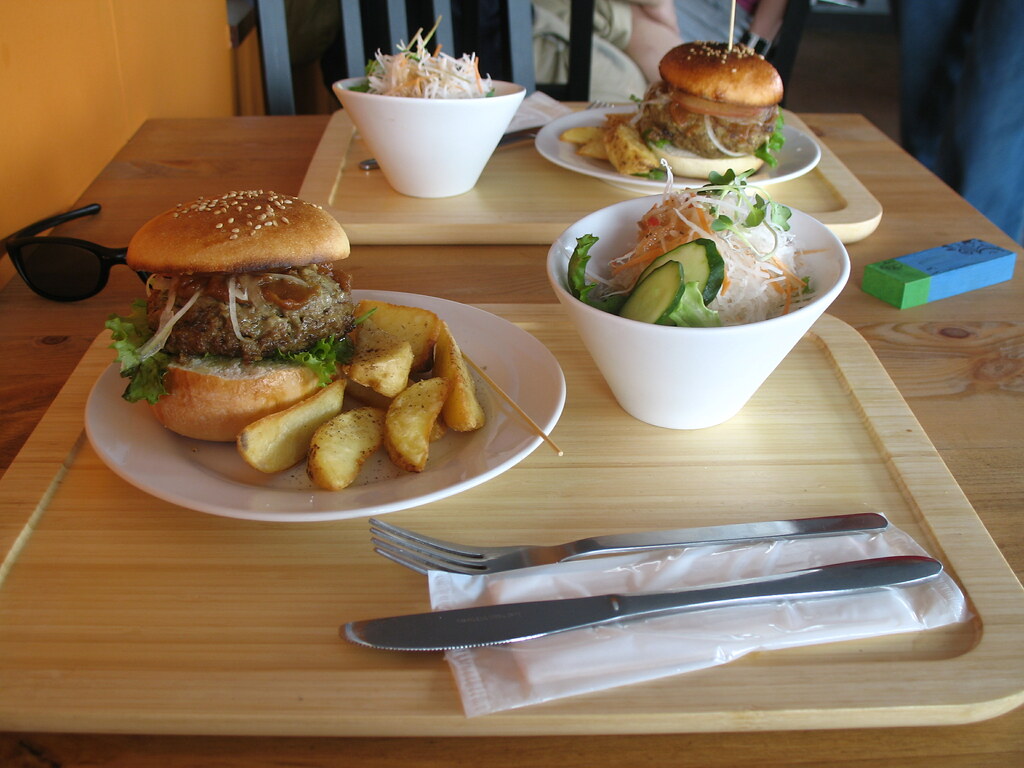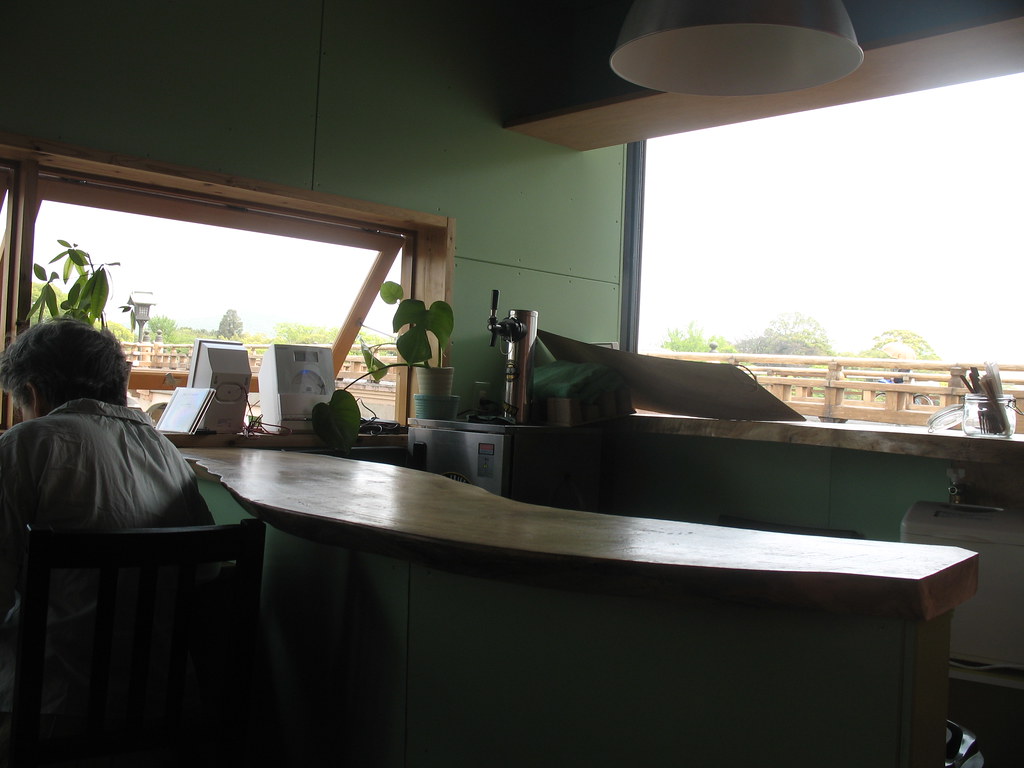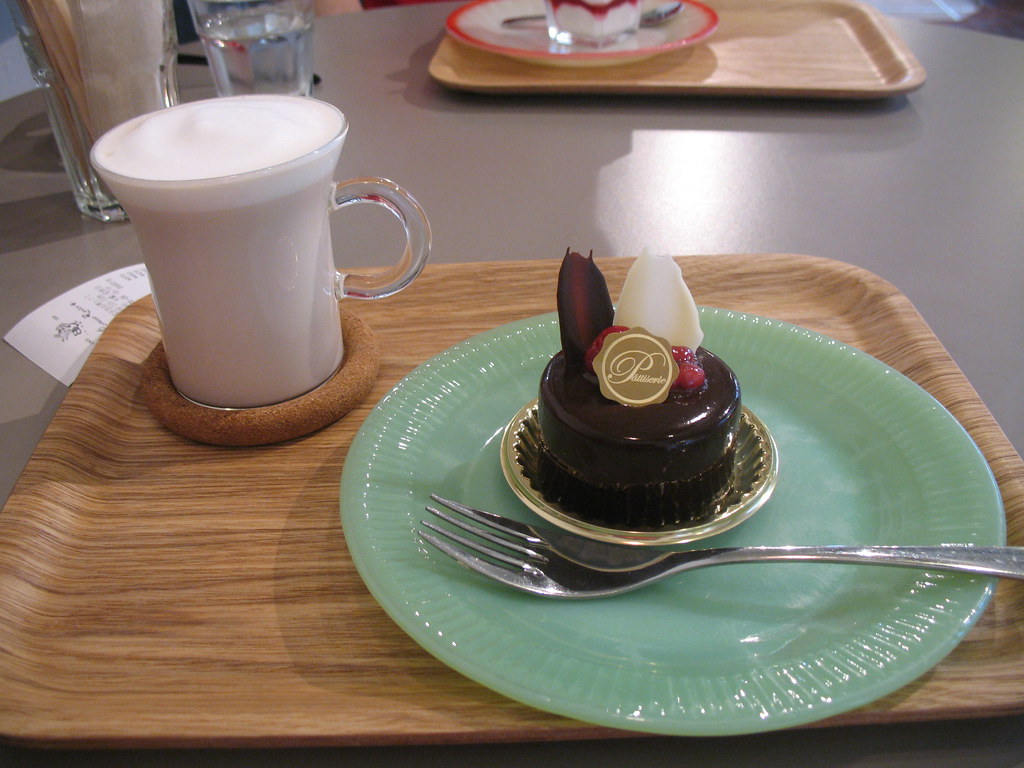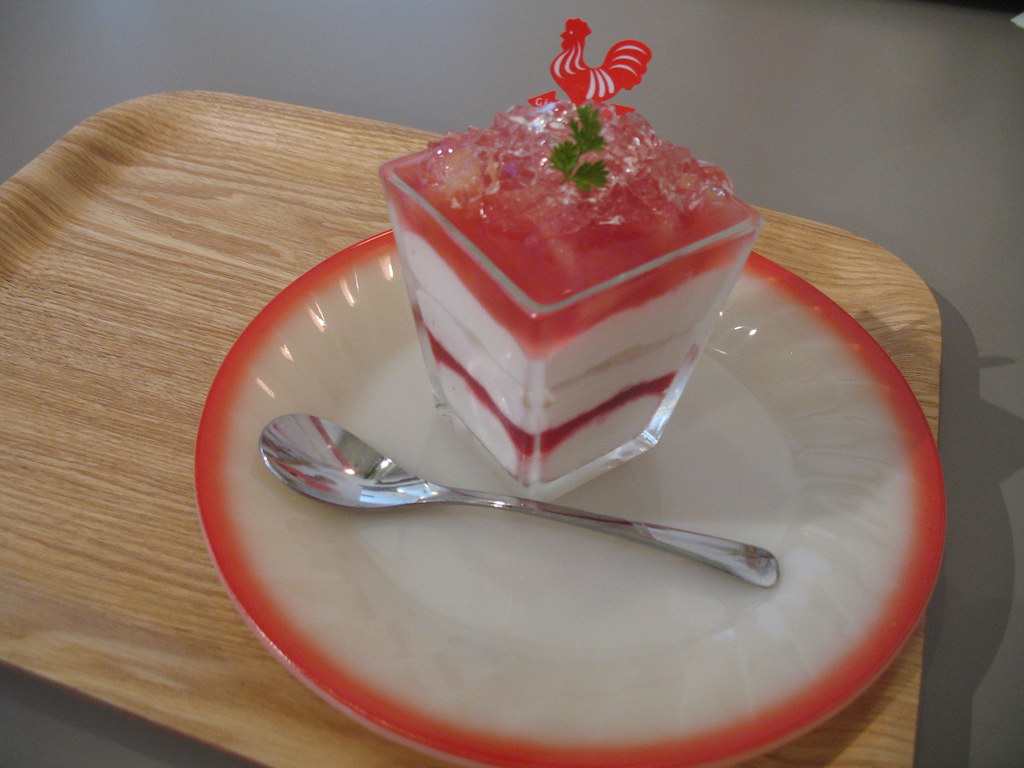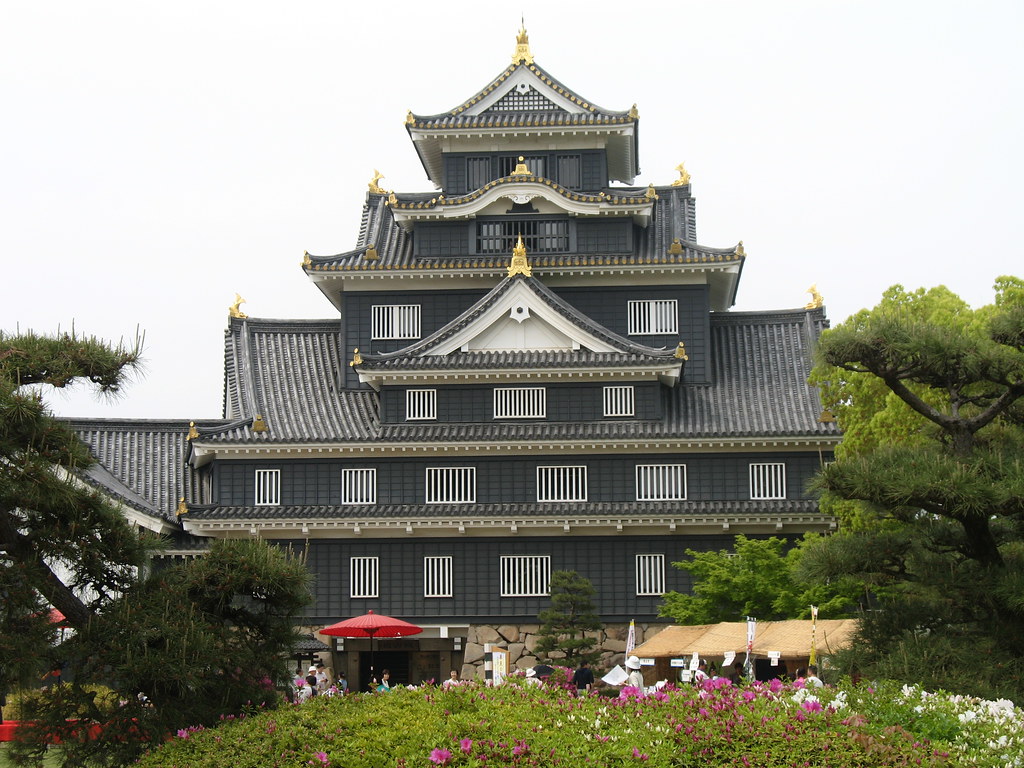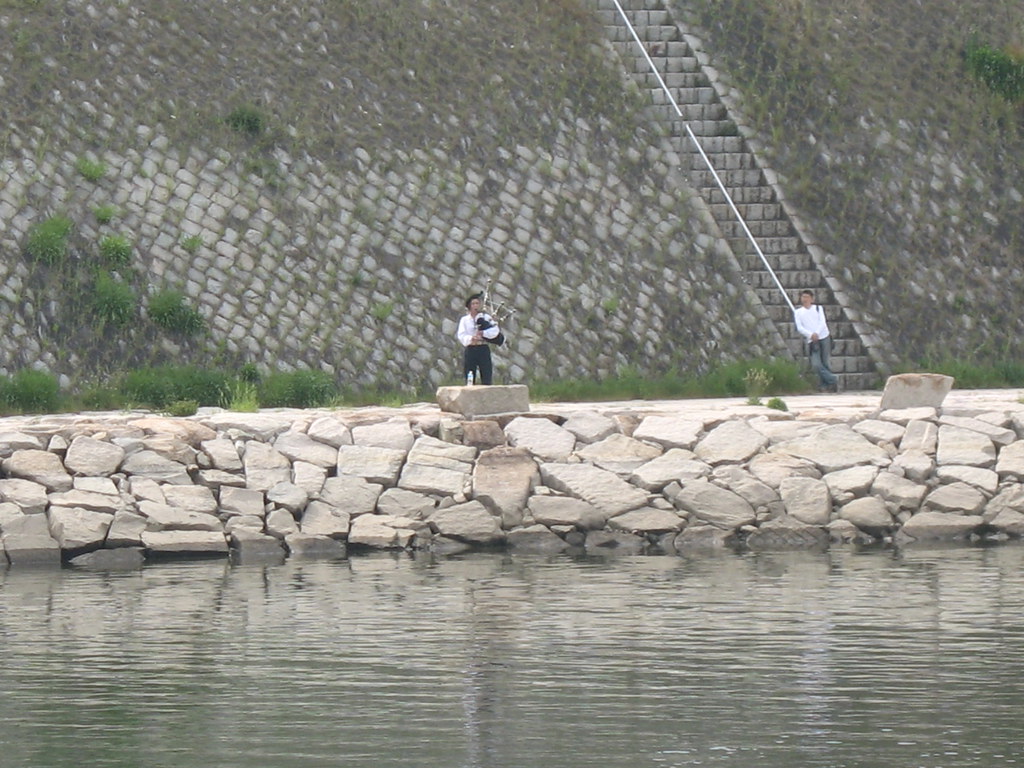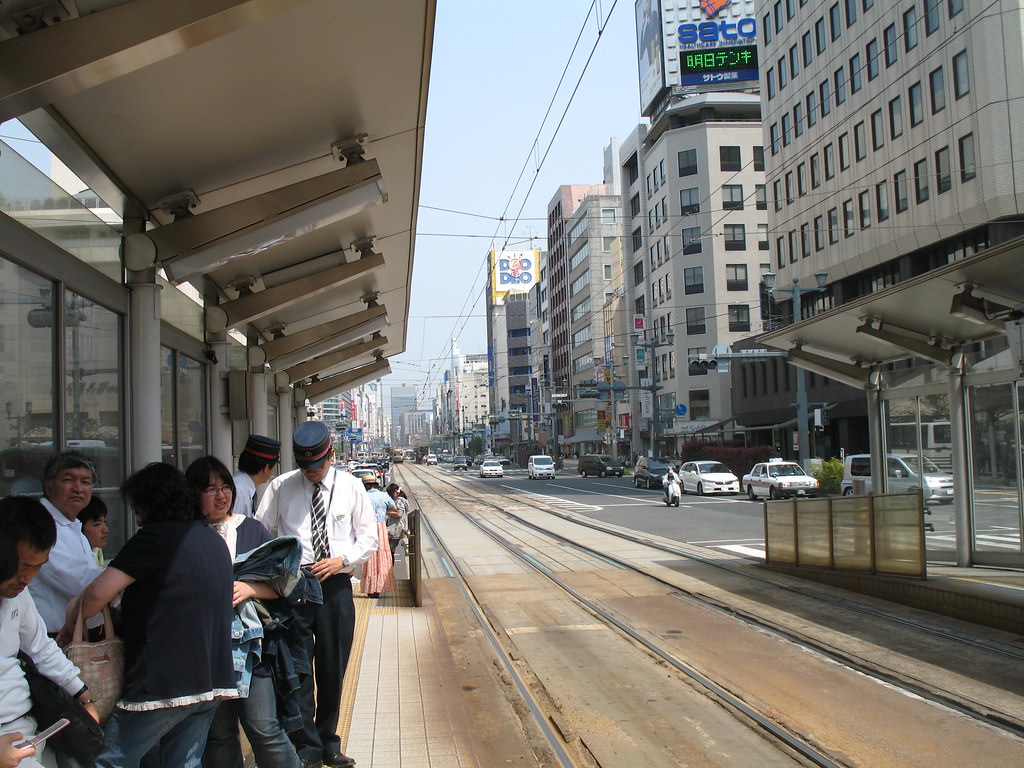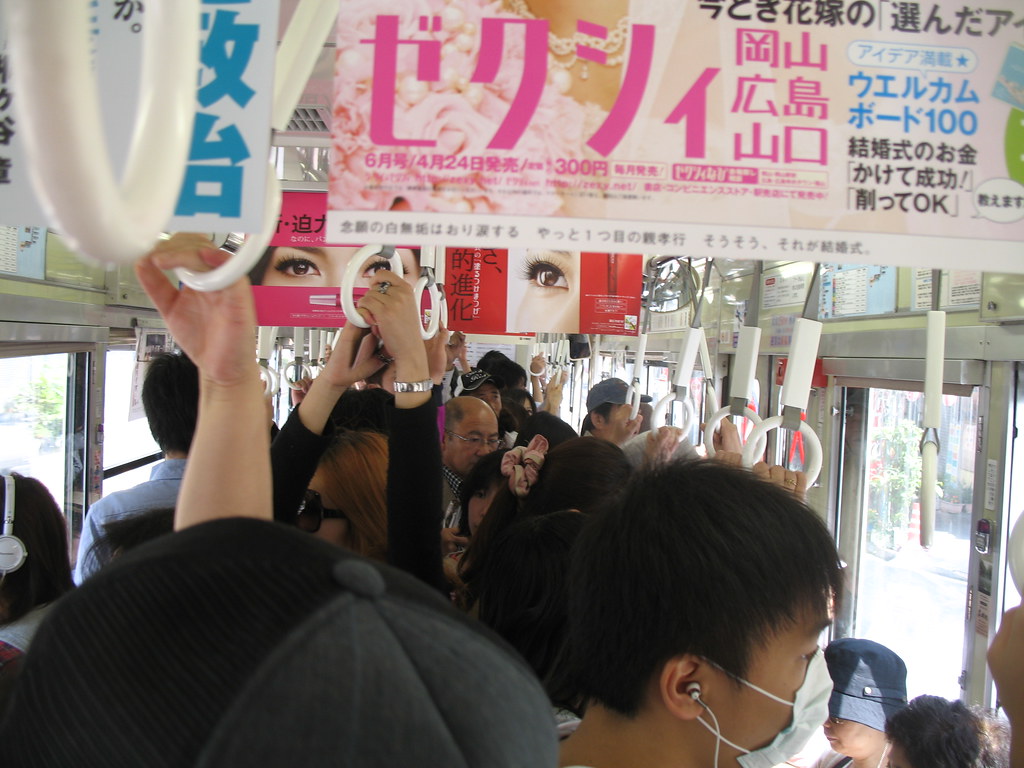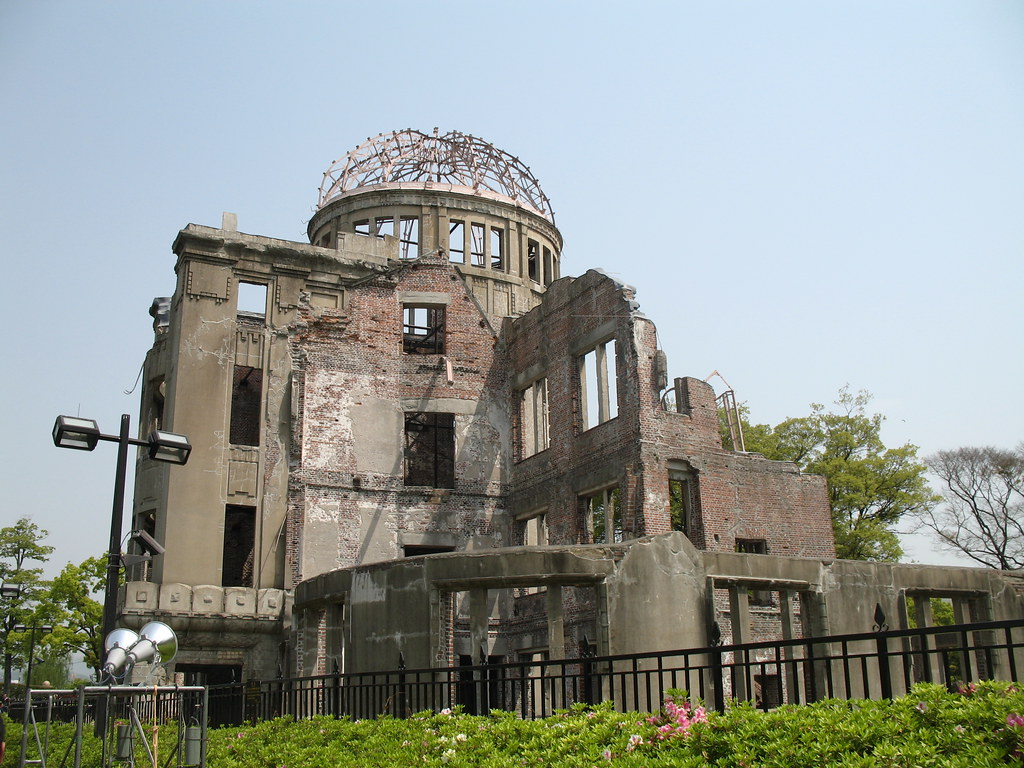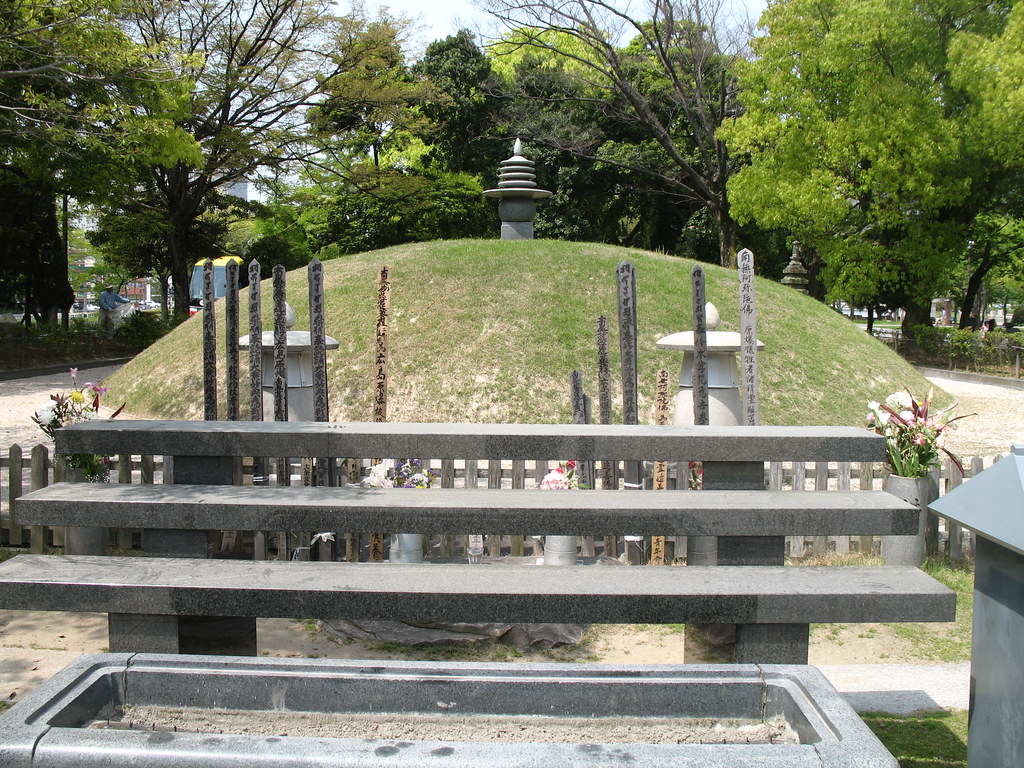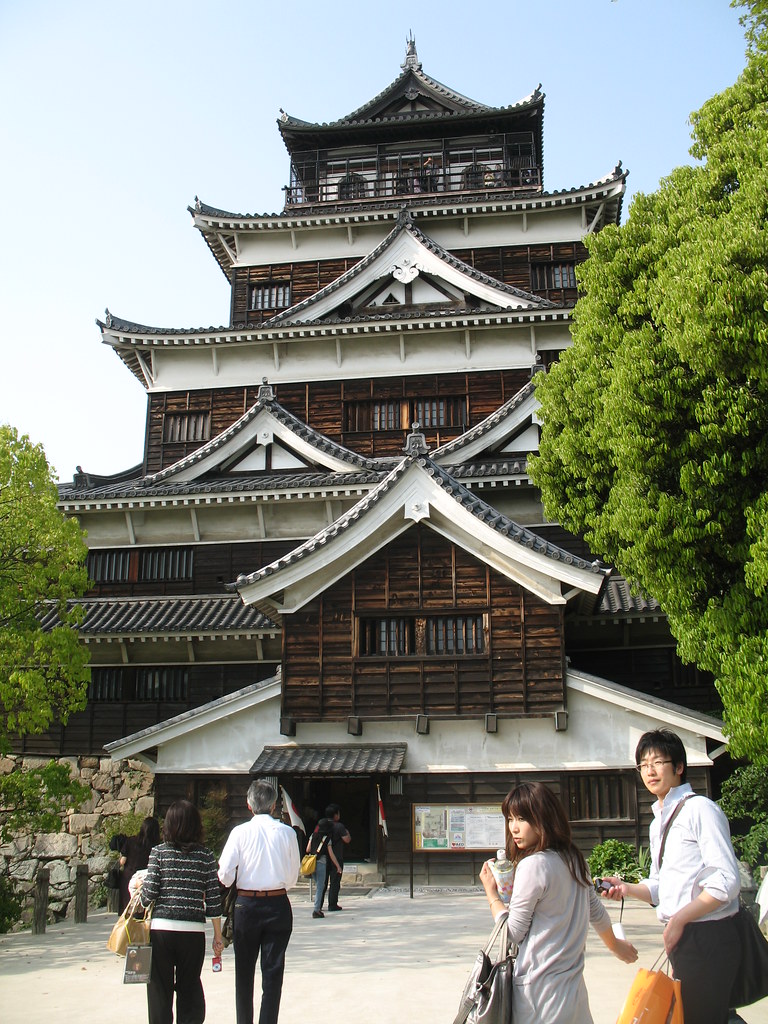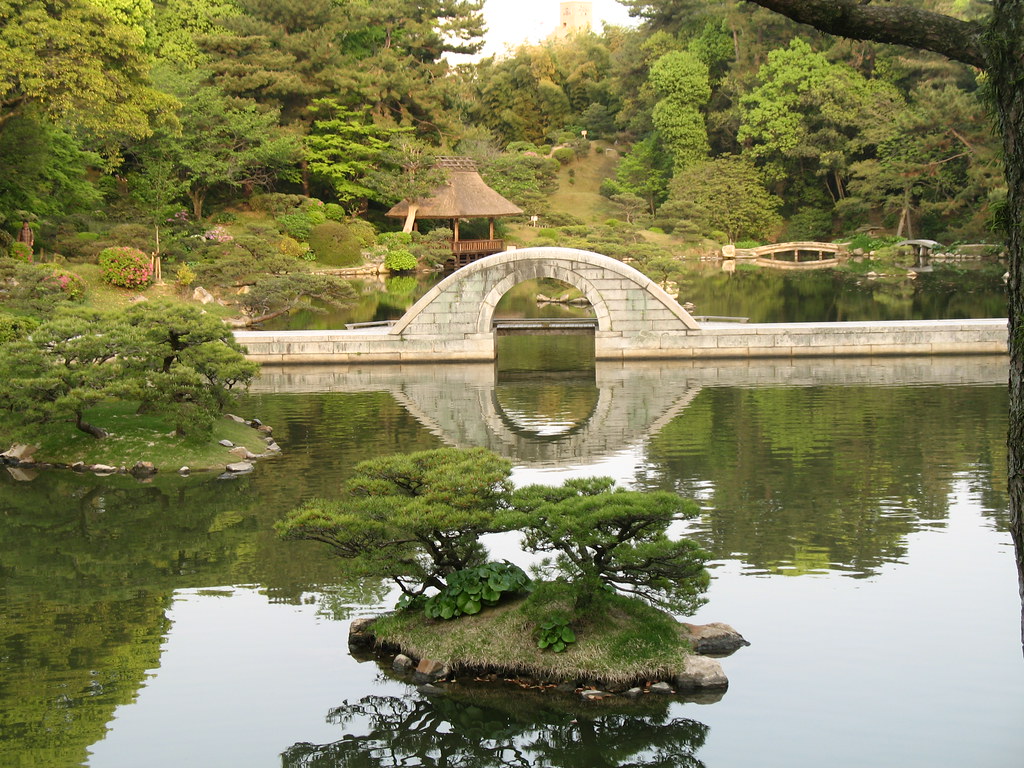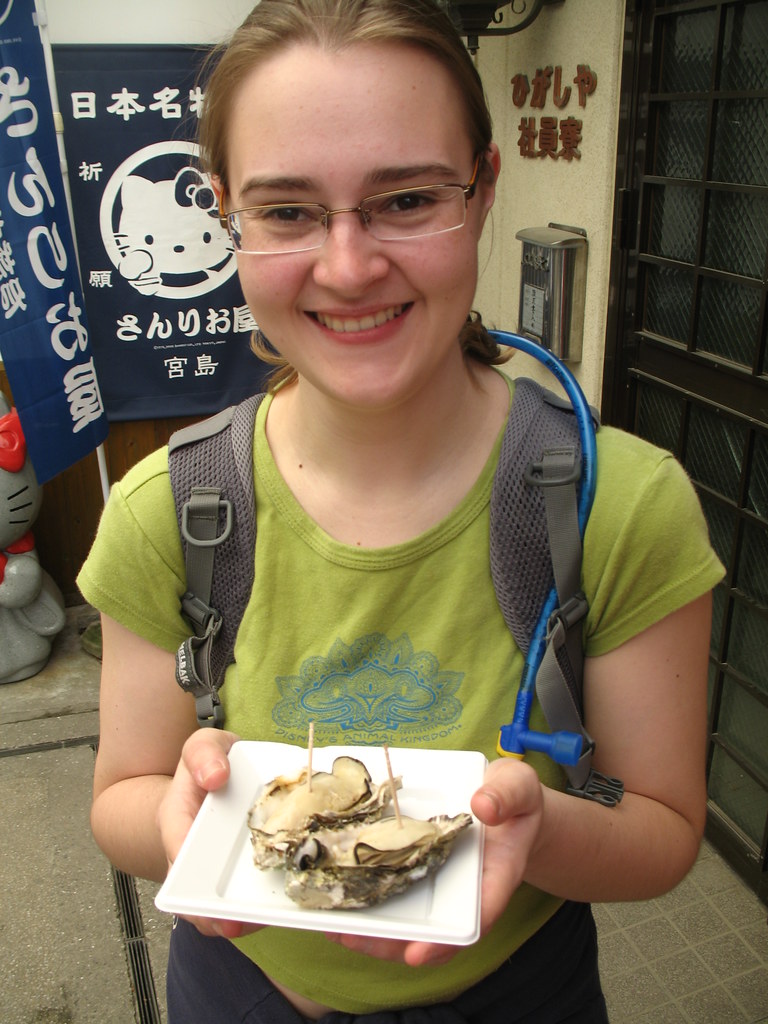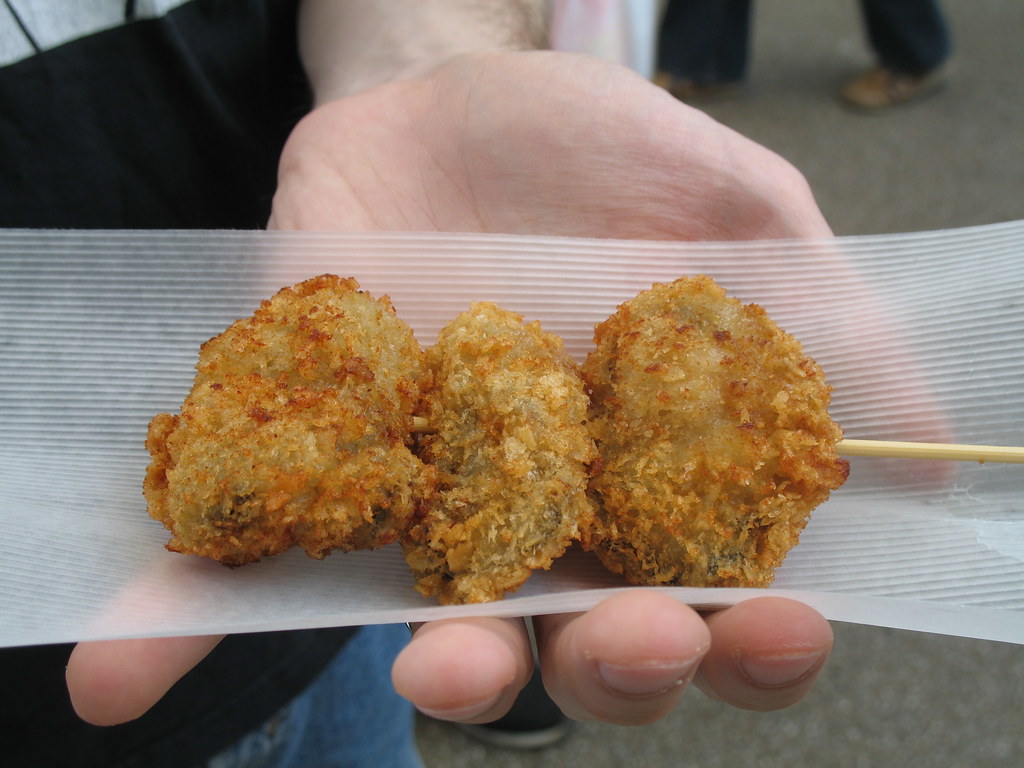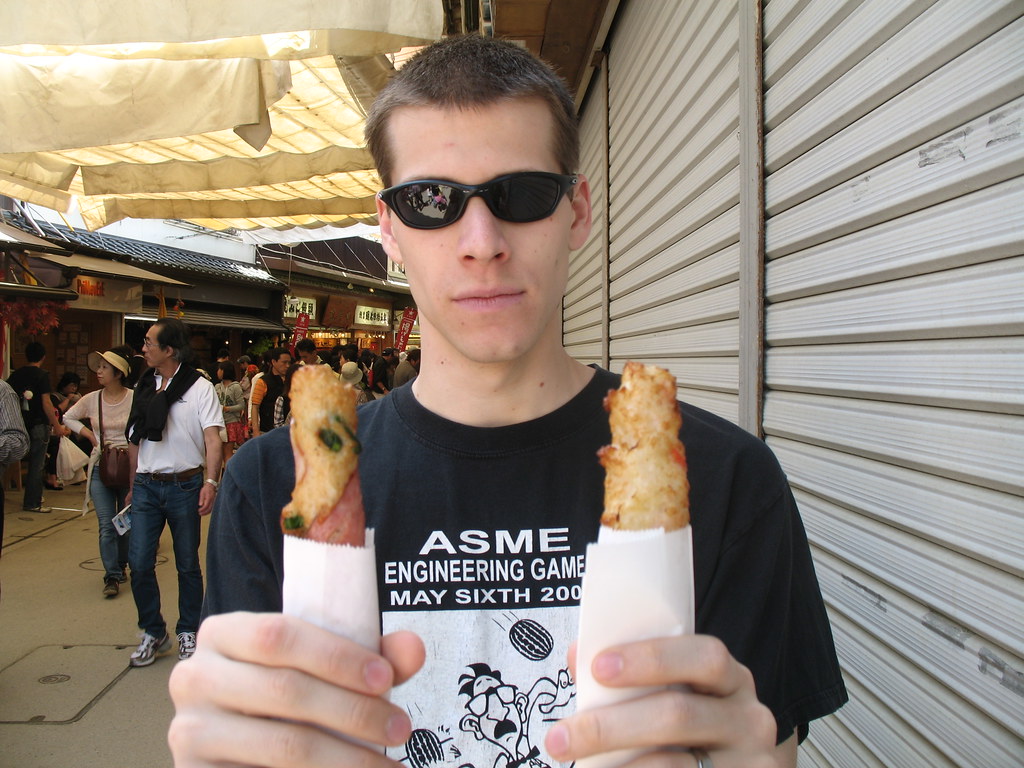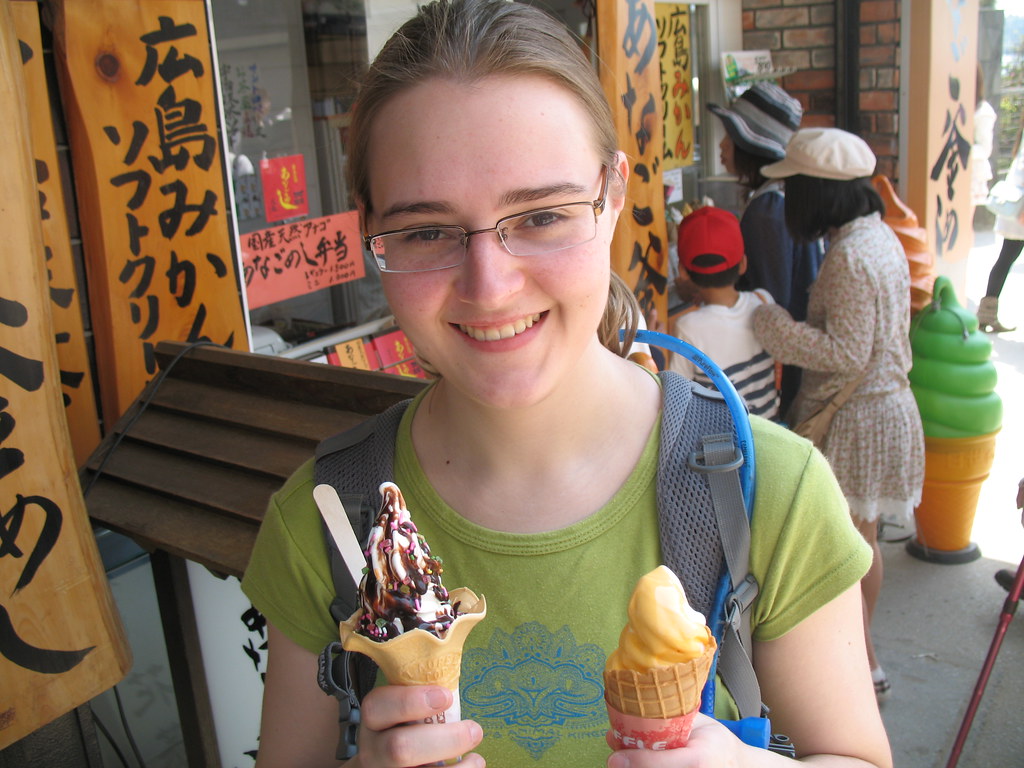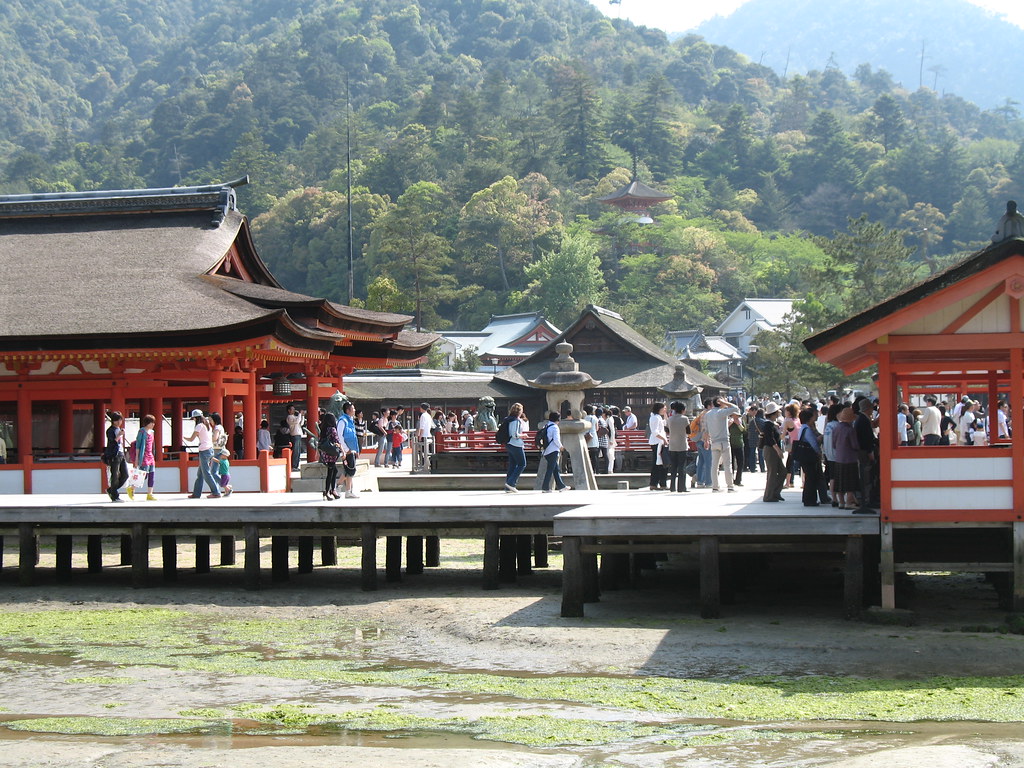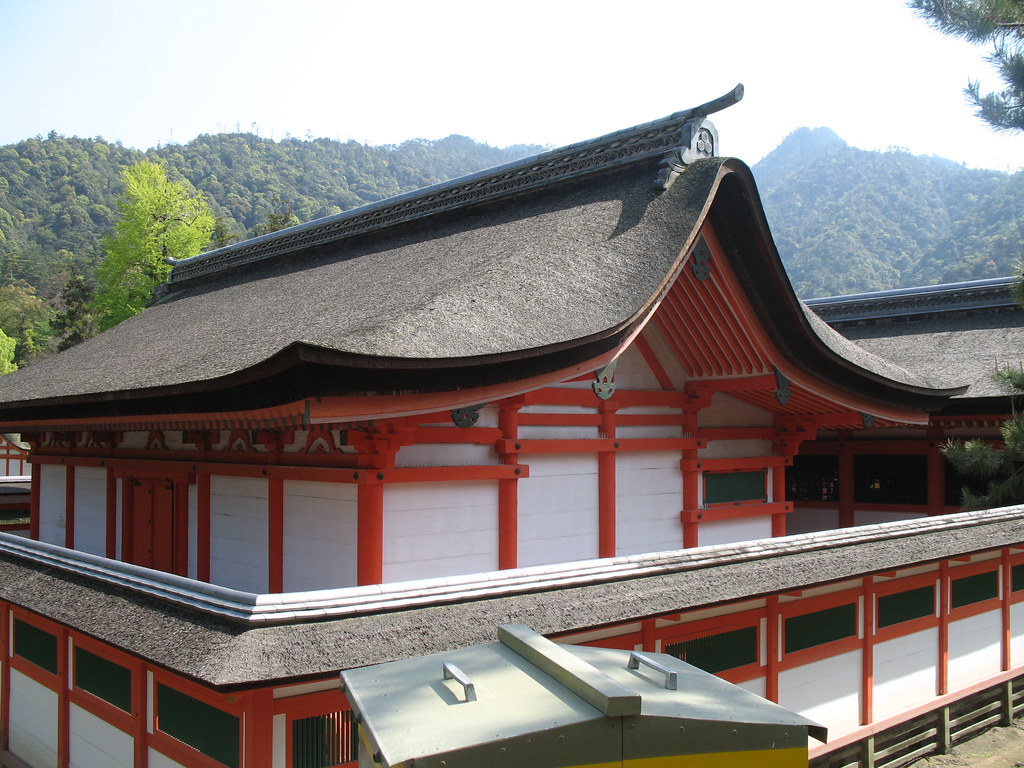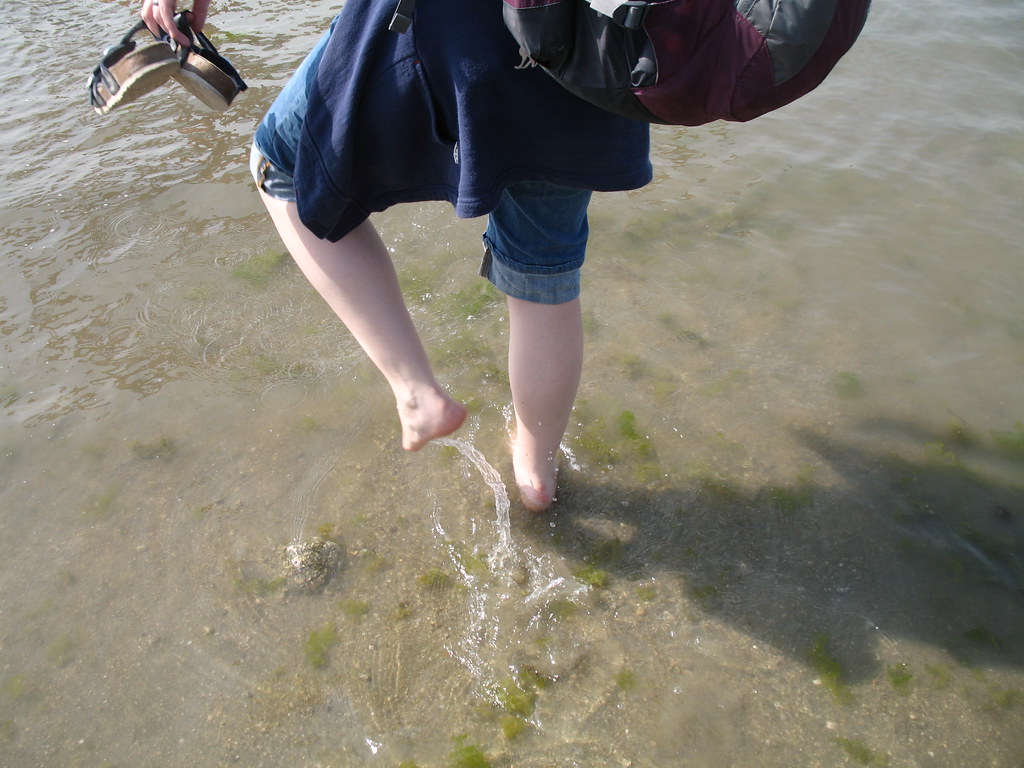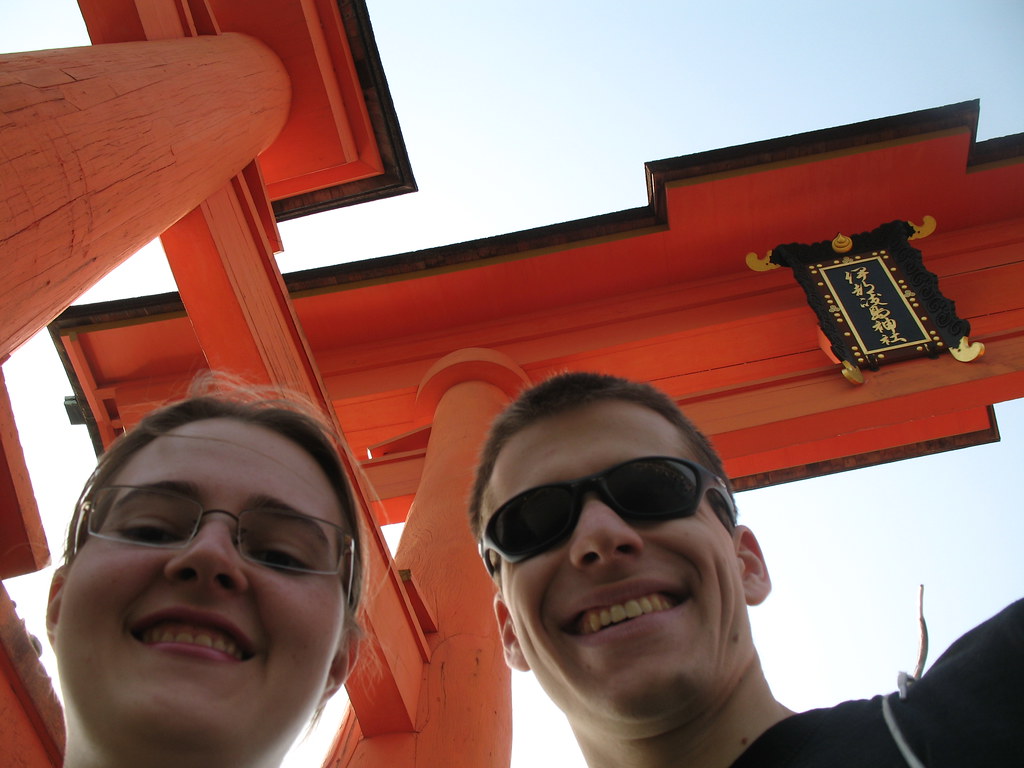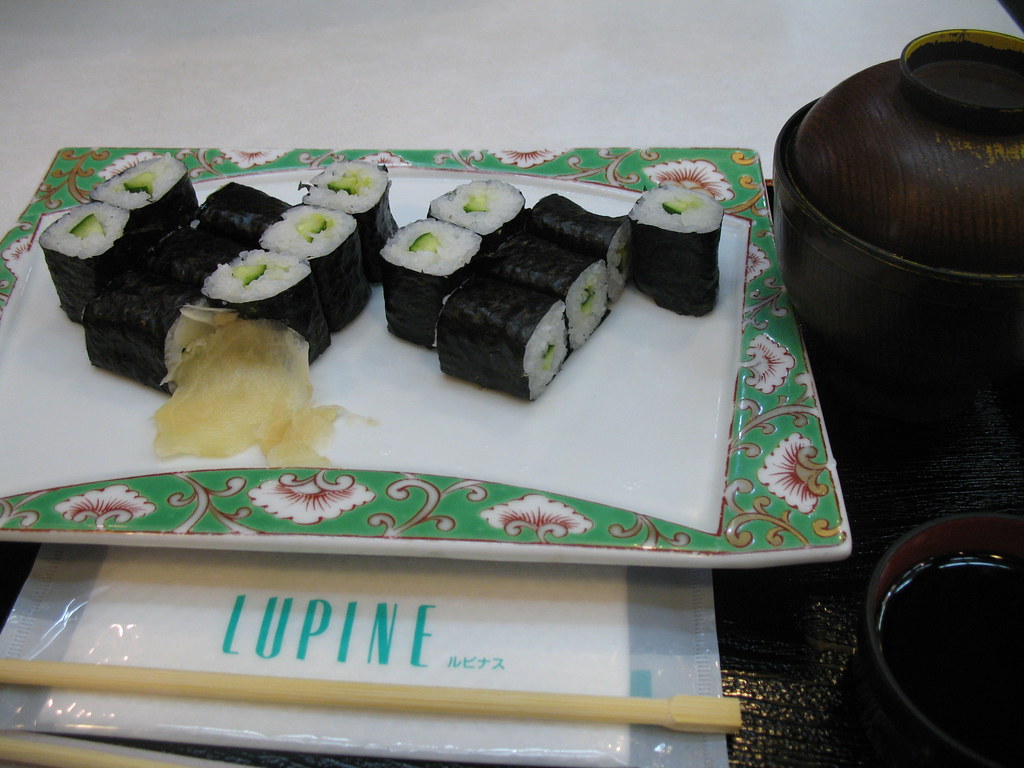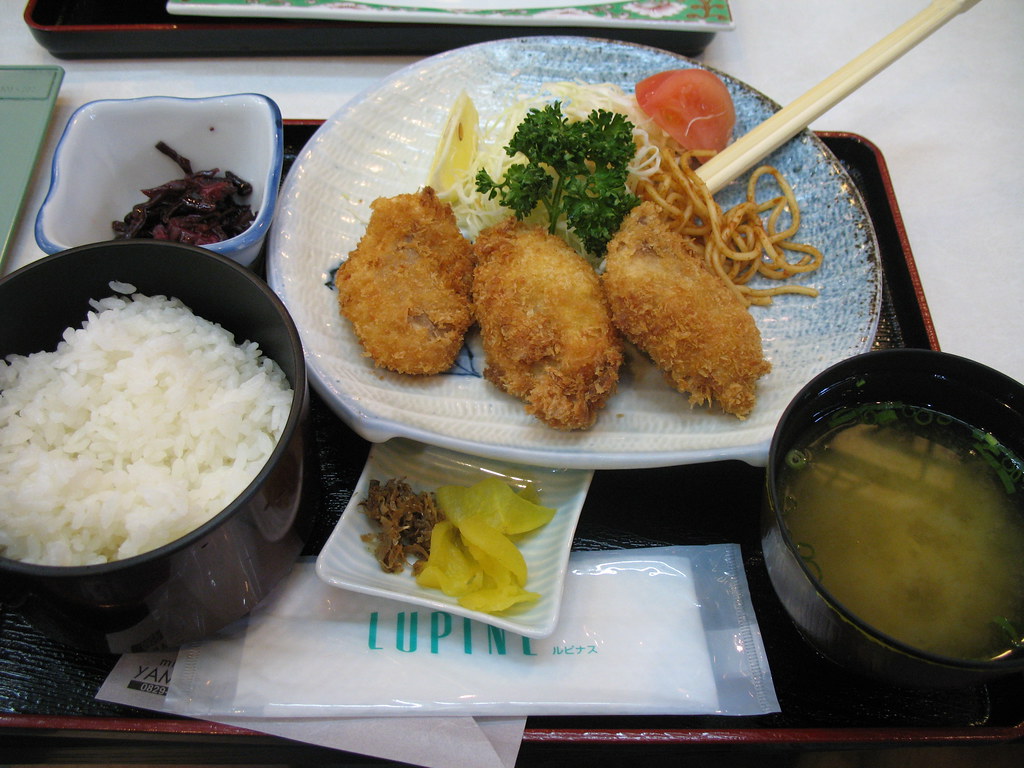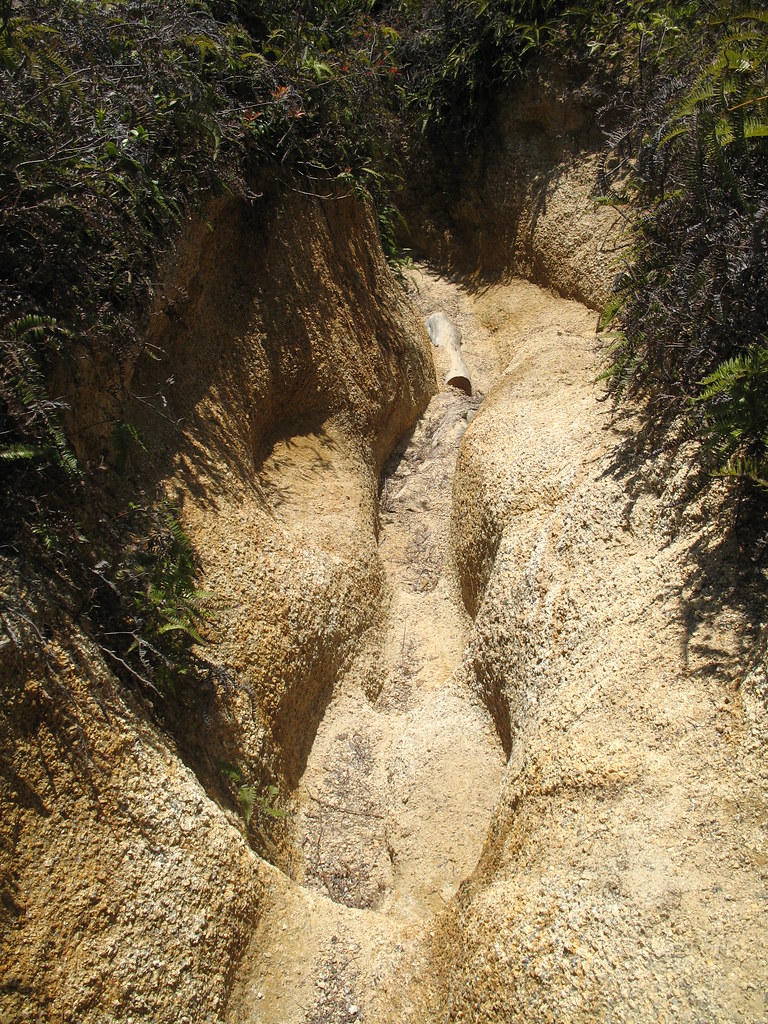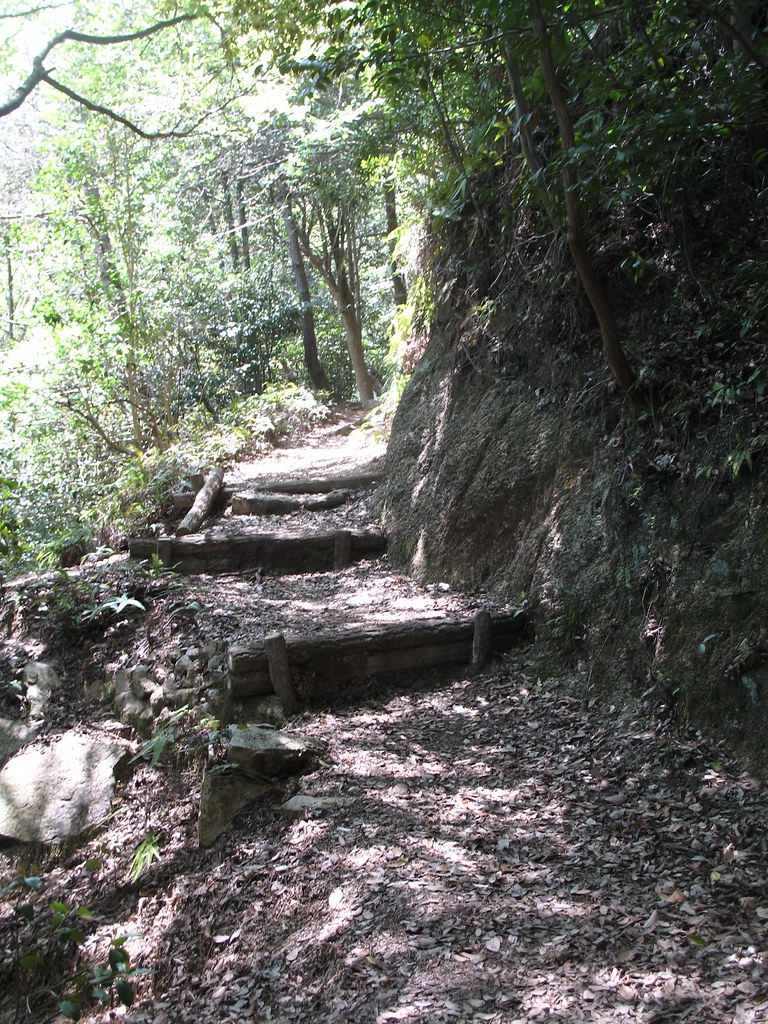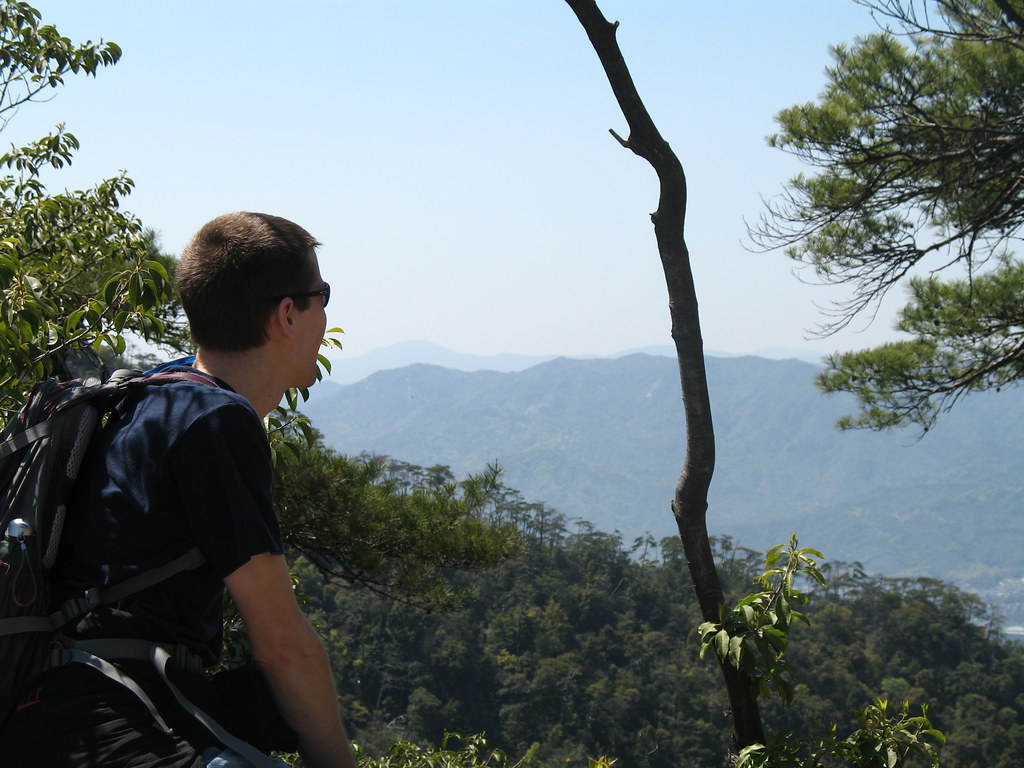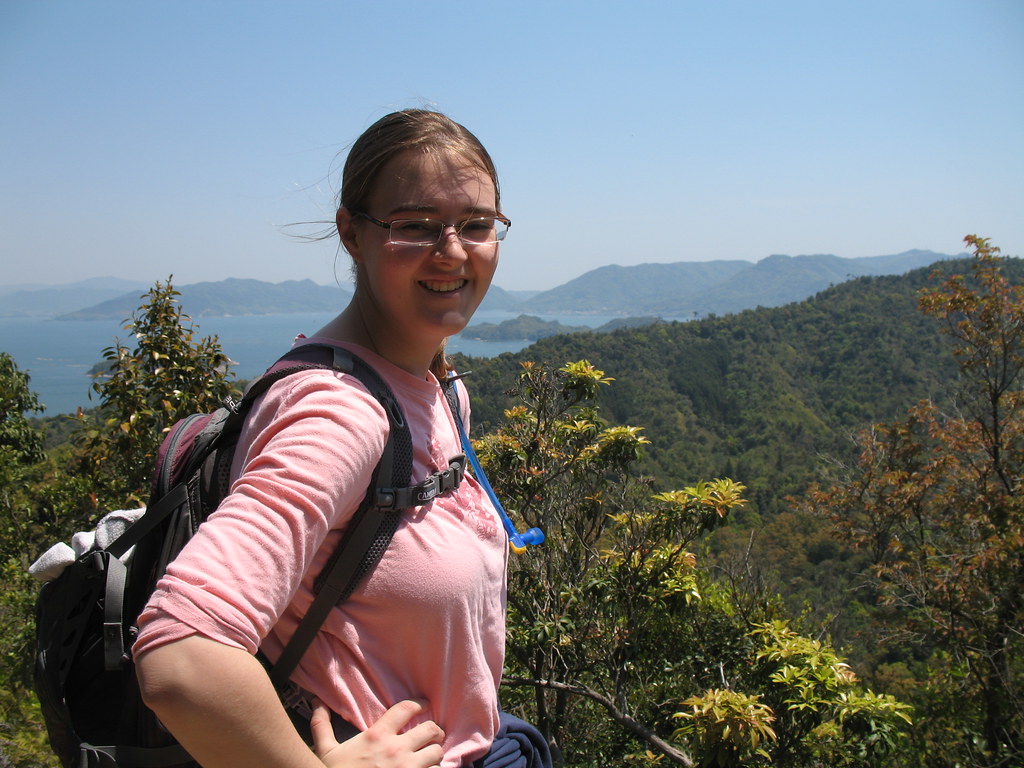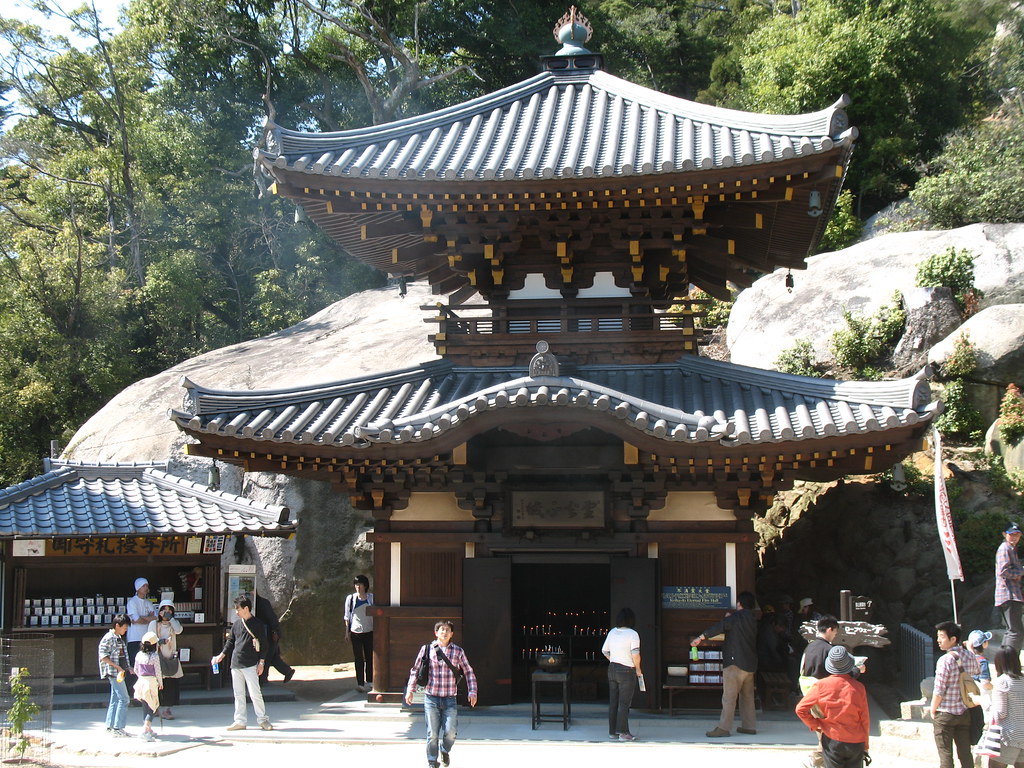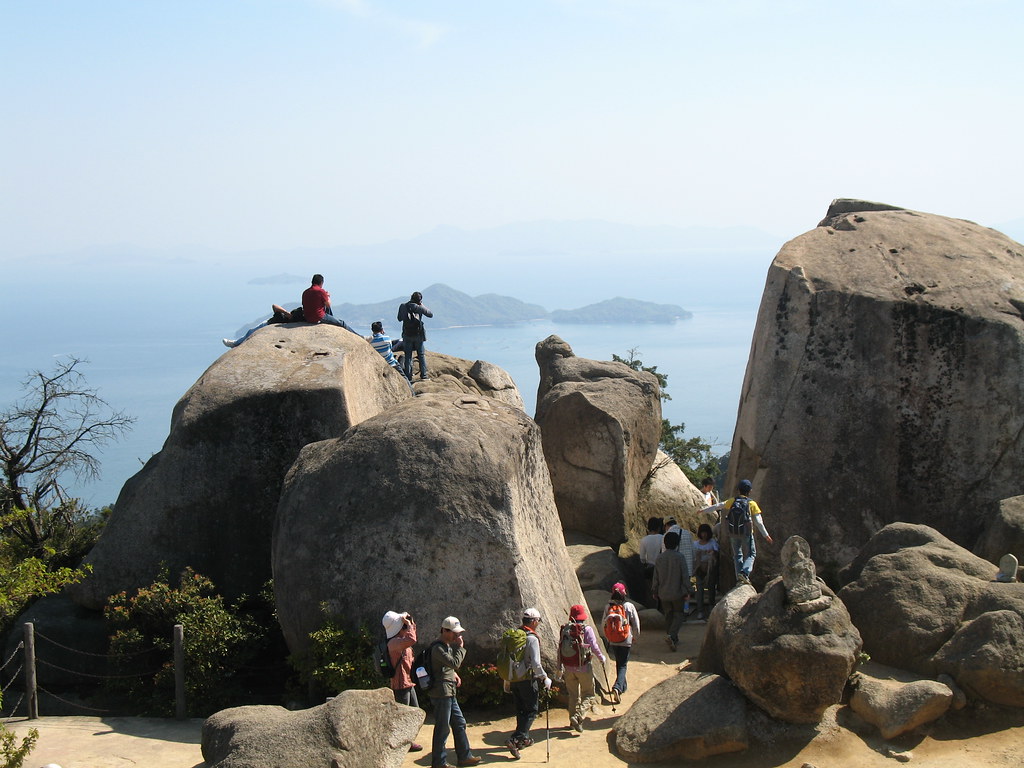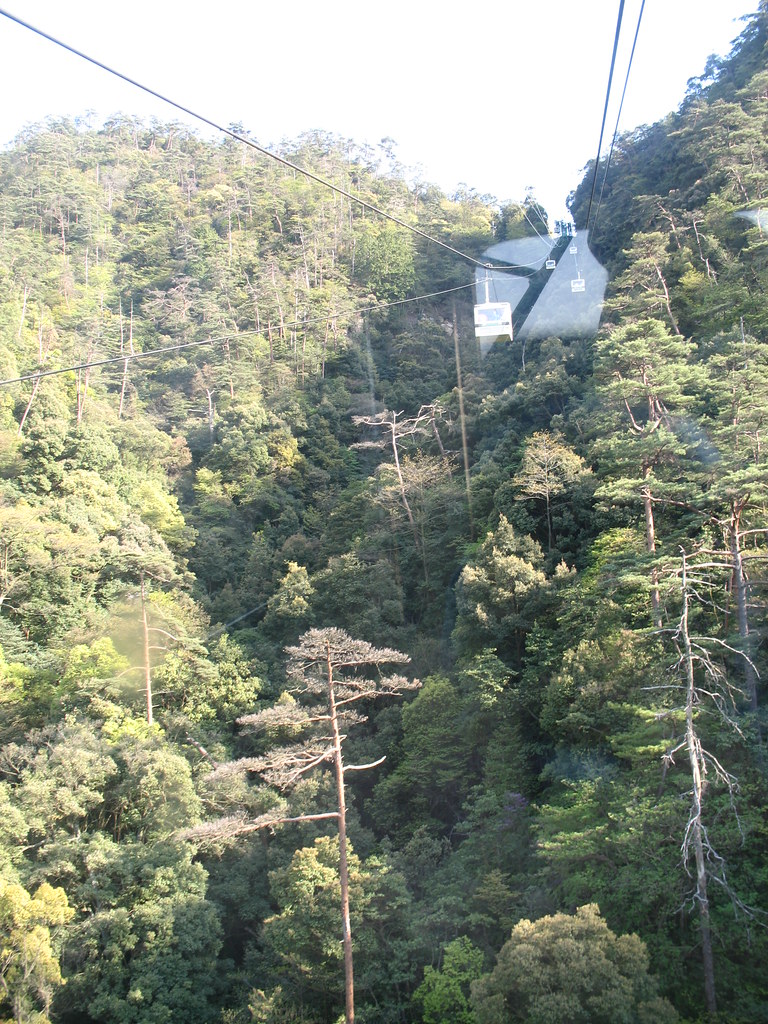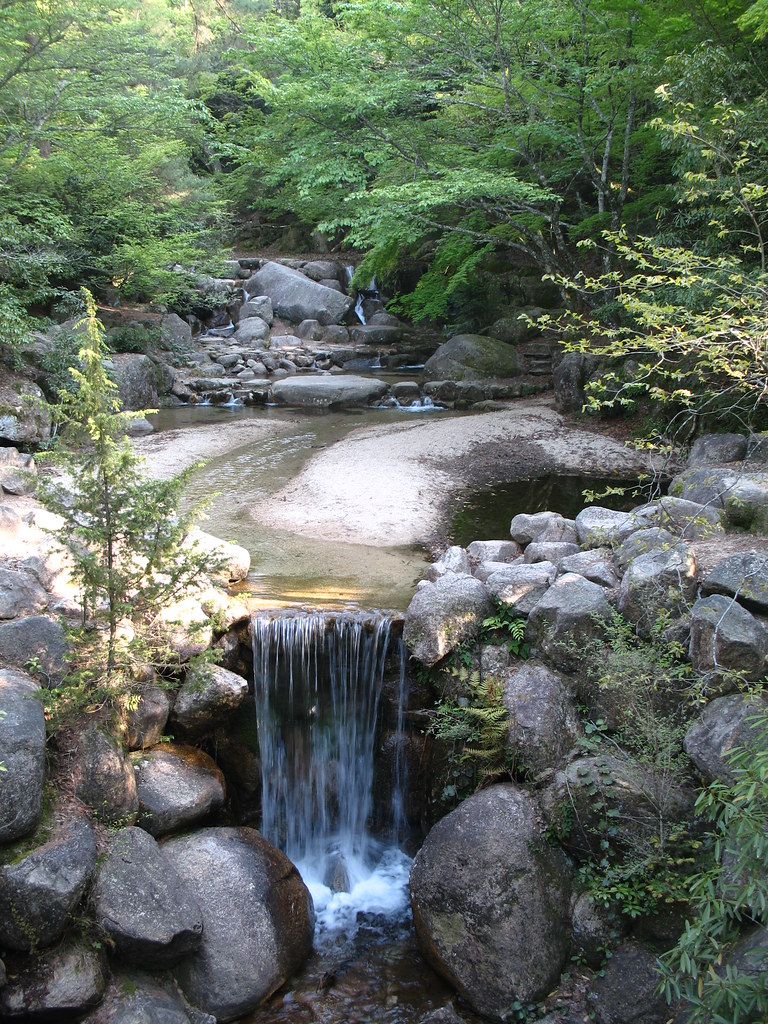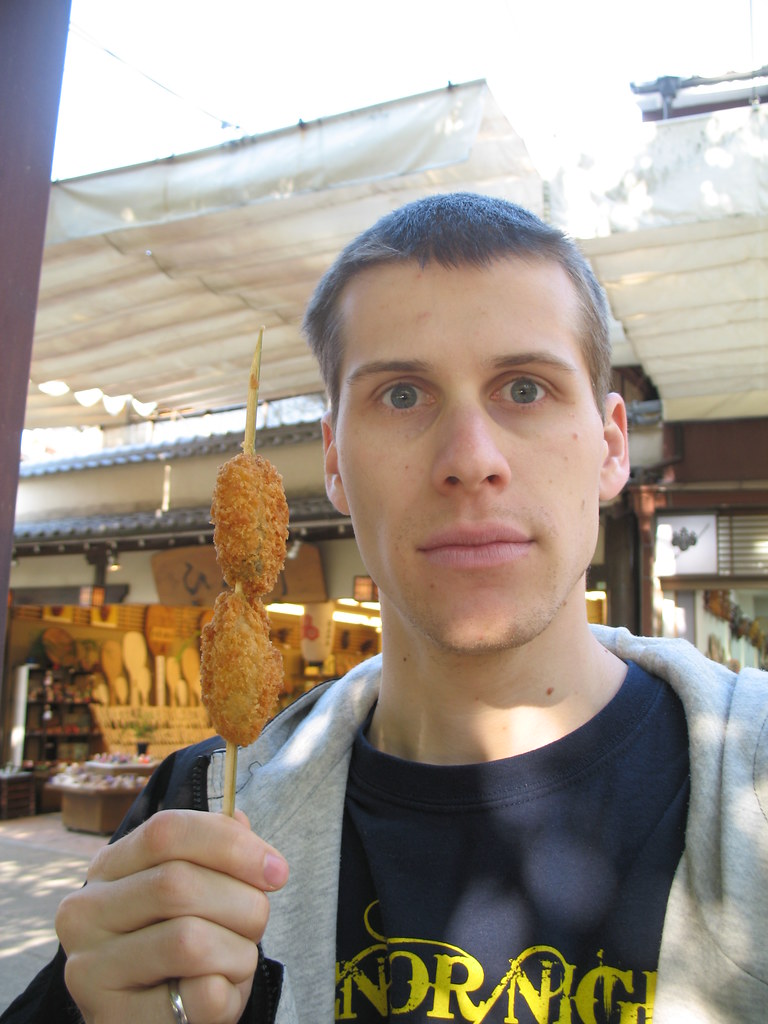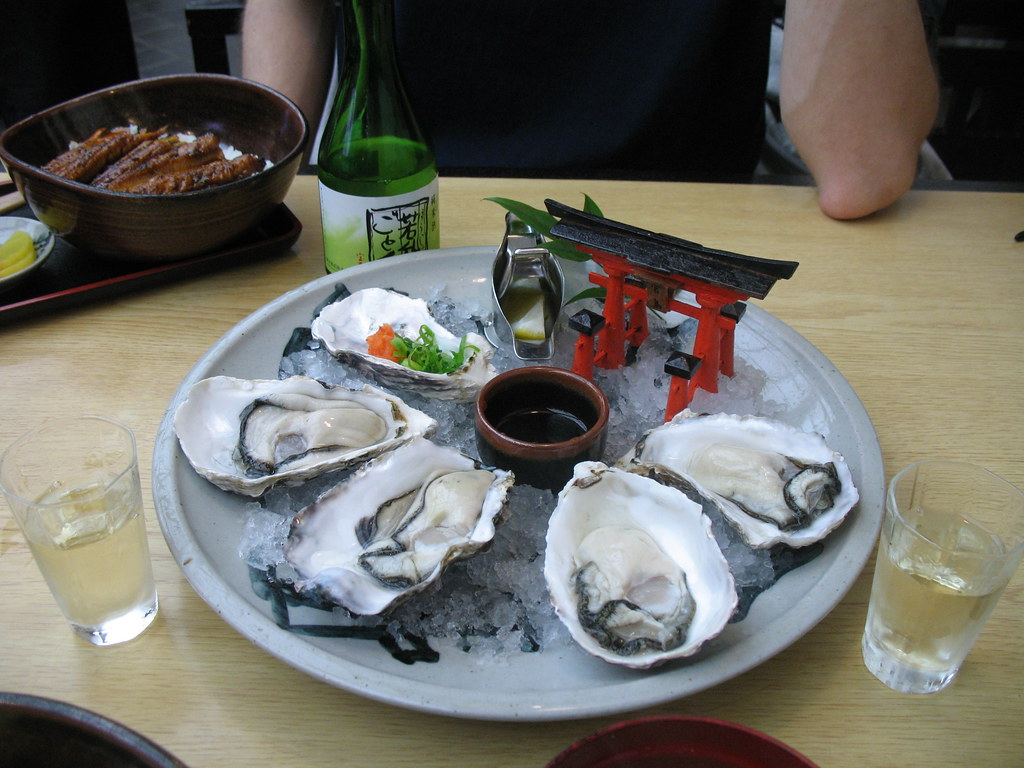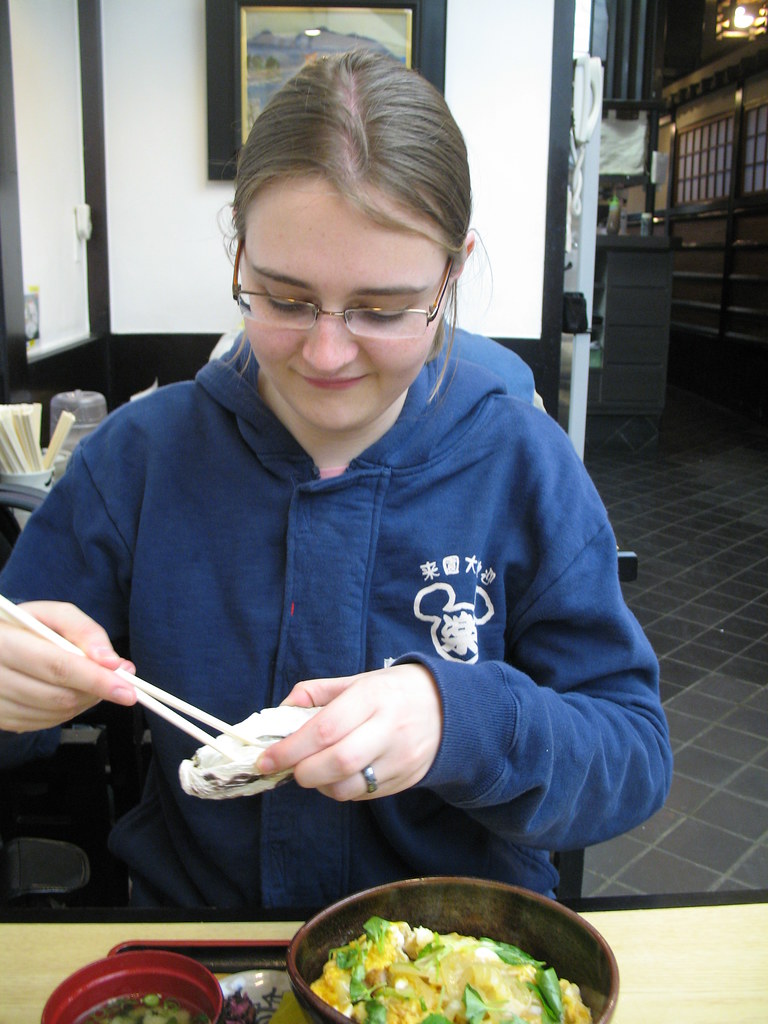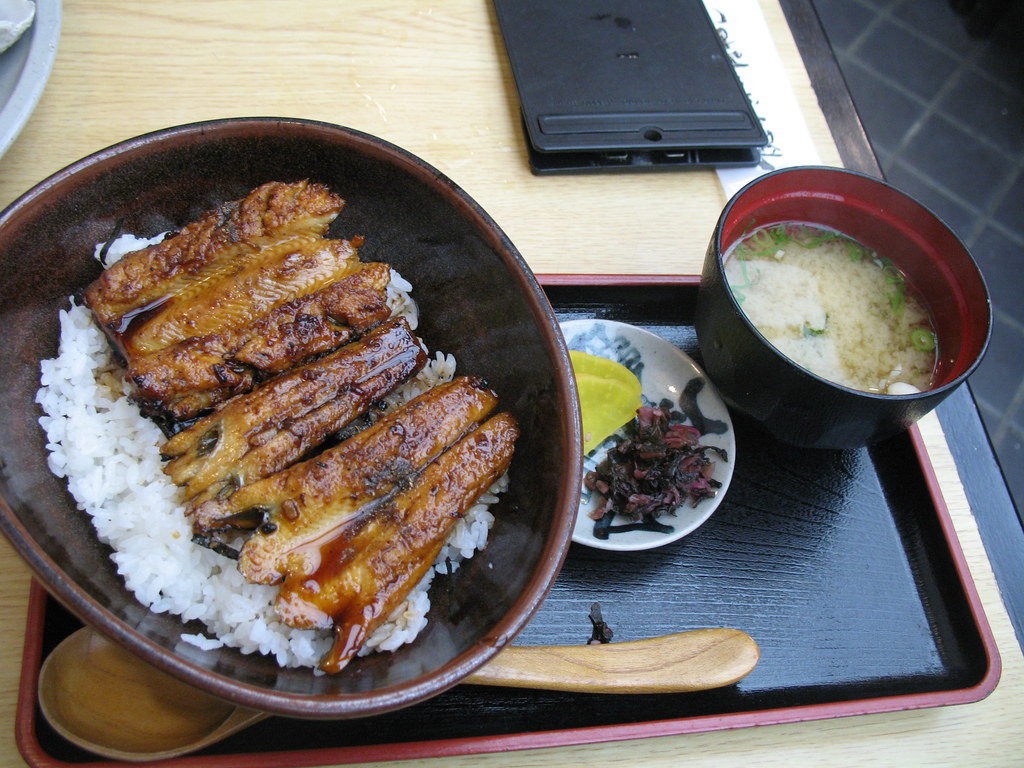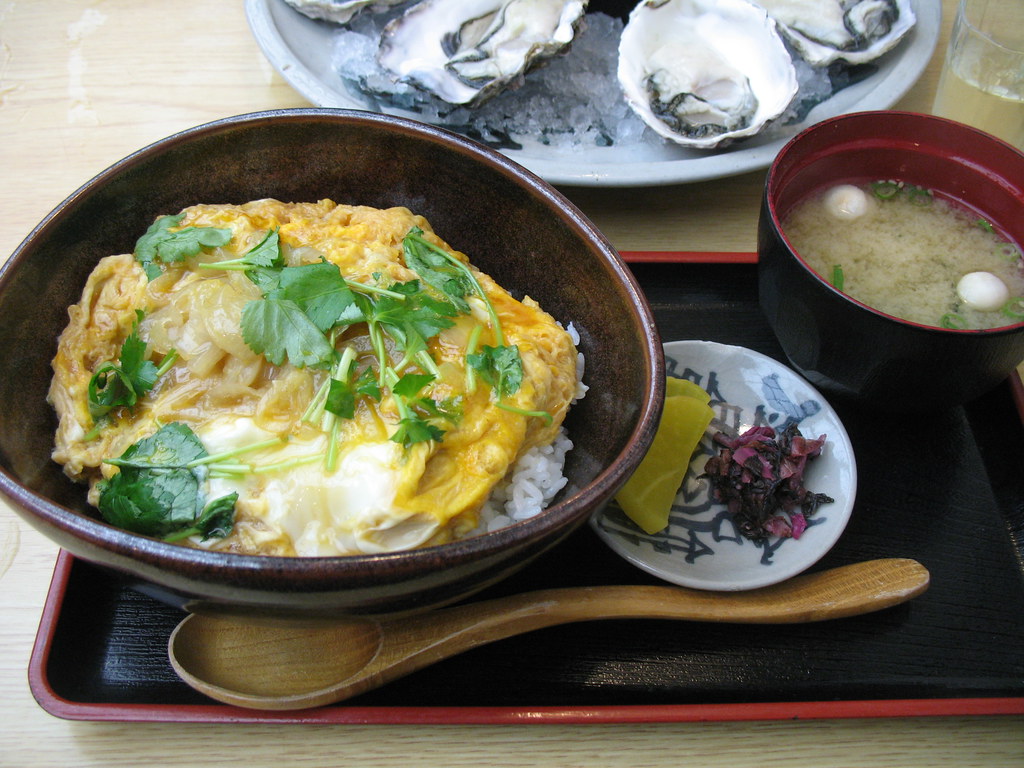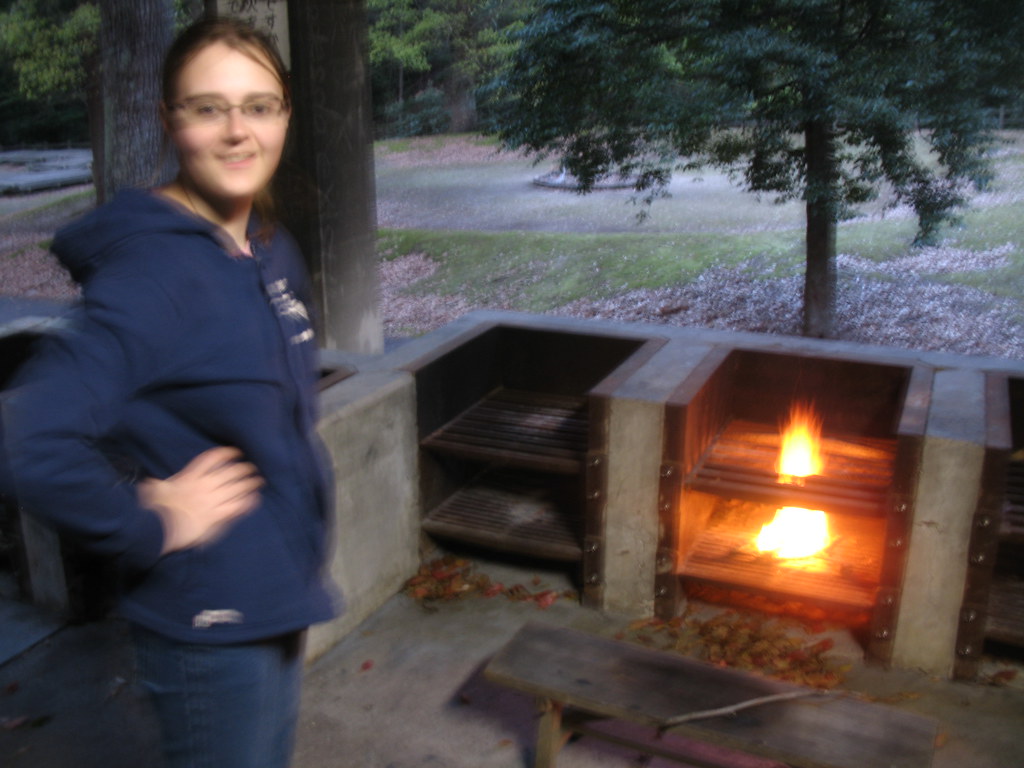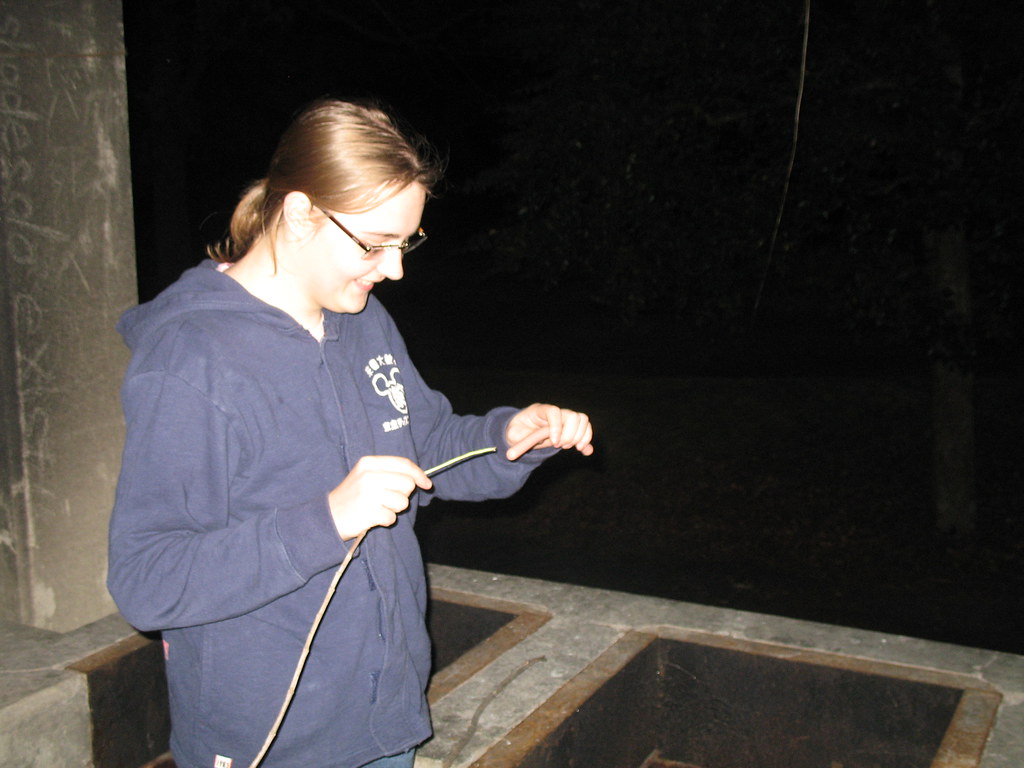We had a longish day planned and so arose much earlier than usual (maybe 8am instead of 11, the horror!) to get started. We took the shuttle to the ferry to the train to Hiroshima Station, where we bought streetcar passes for the day and headed into the city.
Streetcars are apparently relatively common in this area of Japan, and they do work, but I'd take the Tokyo subways over them any day for efficiency and speed. That said, I'm not sure I've ever ridden a streetcar before and now we have, so I guess that counts for something. It was quite crowded heading out from Hiroshima Station but the line went directly where we needed it to so we didn't take too much effort to achieve our destination.
Streetcar station
Streetcar interior
The first order of business for the day was the Hiroshima Peace Memorial Museum and the surrounding monuments. The Memorial Museum commemorates and documents the atomic bombing of Hiroshima. While some aspects of the museum desperately need updating, the relics, photographs, and information on display communicate the effects of nuclear devastation such that even the most jaded or prepared viewer is likely to be pierced by horror and solemnity during the experience. While photography was allowed in some areas, we did not take pictures inside. It did not feel right to do so. Other people have, and you can see their images on
Flikr, if you like.
Museum exterior - under that little half-circle in the middle is a stone box housing a book in which is written the name of everyone killed in the bombing
For me, many of the historical aspects were reasonably well known from prior classwork, but I still learned new things, particularly to do with the Japanese perspective. The historical documentation was well done and well supported with source documents rather than commentary, though it was perhaps a bit dry in places. I'd heard that the museum was not entirely balanced in its viewpoint on the war and the bombing, but we found that at least the English translations of the exhibit notes were scrupulously fair and open. They show the military Japanese installations in Hiroshima that were destroyed, they mention Japanese atrocities such as the Rape of Nanking*, they show copies of documents from the high command and the American thinking behind the when and where and why and how of the bombing, and then pretty much leave it open to you to decide whether it was right or wrong (or whether that question is irrelevant). It's simply presented as "these people thought it was necessary for these specific reasons, and this is how it occurred". There are a few times where some rhetoric is used, such as one sign mentioning the "hundreds of thousands" killed in the bombing while everything else states 140,000, and while it is mentioned that Korean and Chinese were working as Japanese prisoners, it is also stated that they had survived their ordeal and would have been sent home safely if it hadn't been for the bomb. It does not paint the Japanese as blameless or the US as murderers, but works to illustrate how awful the effects were and expresses a firm message in favor of global nuclear disarmament**.
The historical aspects were informative, but it is the relics and photographs that get you. The circumstances and right and wrong are debatable, but the effects of the atomic bombing are not. I don't particularly care to describe many gruesome effects and stories here (go see it for yourself) but I'll put one piece of it out here.
At the end of WW2 the US was carpet bombing Japanese cities (still featuring paper houses) with incendiary bombs, killing many hundreds of thousands of people. The order came down in the areas still standing to establish firebreaks around important and military areas to protect them from fires. Japan at this time had almost no available manpower with which to effect large deconstruction projects across significant metropolitan areas, so they drafted junior high school students to do the work. The high school-ers had already been drafted for other efforts. Thus, in downtown Hiroshima on the day of the bombing, many thousands of junior high school students from around the region were at work outside creating firebreaks around the very targets that the atomic bomb was aimed at. Nobody in that close survived in the long run - these children either died instantly or more likely died from burns and radiation in the days and weeks that followed. The museum has several work uniforms worn by children on that day, plus additional replicas. The uniforms are very small. They might fit an American child of six today, though their wearers were between 11 and 14 then. The originals are mostly made from different pieces removed from different children after fire took the rest. Illustrations drawn by survivors show lines of burning children, fallen where they had stood.
If you can stand in front of those tiny, charred uniforms and not cry...I couldn't.
The message reporting the bombing was sent by high school girls, in a bunker in the hills. They were in charge of the air defense communications of the city.
That's about all I have to say about the Memorial Museum.
Upon leaving, we viewed the other memorials in the park with increased respect, and walked across the restored Aioi bridge, which was the aiming point for the bomb because of its distinctive "T" shape, with three roads meeting. I didn't realize it until halfway across.
Famous dome that survived the blast by being so close to the center that the shockwave faced almost directly down instead of outwards
This mound houses 80,000 urns containing the ashes of those who could not be identified
We found afterward that we still managed to be hungry for lunch. Life goes on. The Museum is smack in downtown, so we walked out of the park and found a restaurant area on the top floor of a mall. We were browsing different places' menus until we found an inexpensive all-you-can-eat Italian buffet and then the choice was clear. The food was better than I would have expected but I would have settled for hot and filling so hot, filling, and fairly tasty was a bonus. Ana tested little samples of a lot of things, decried the presence of non-traditional pizza toppings on all of the pizzas, and then hit the dessert cart like a swarm of locusts. We both left stuffed.
After that, we consulted our streetcar map of tourist attractions and found there were two more items of interest for us this day, those being Hiroshima Castle and Shukkei Garden (Shukkei'en). The map, another caricature, made it look like they were both far apart and almost outside the city proper, but in reality they were almost next to each other and about five minutes walk from where we stood, so pleasantly we were able to go to both instead of having to choose just one.
Hiroshima castle 2.0
The castle is a replica, built on the site of the old castle. The original was, of course, obliterated in 1945. It has a museum inside that was pretty well done, with information on life in medieval Japan and the different types of castles and so forth. We had a good little tour and some parts were quite pretty.
View from the top of the castle
We got to the garden about 35 minutes before closing time, but fortunately for whatever reason they were waiving the usual entrance fee on that day so we didn't have to pay full price for an abbreviated visit. While we didn't have time to ponder every aspect of Shukkei'en we did see most all of it, and found it to be a very nice small garden. There were some elegant granite bridges and a lot of little shaded interconnecting paths around the central ponds. I think Tokugawa'en in Nagoya is still my favorite but this one was entirely pleasant for an evening stroll.
Garden, viewing the long way across the main pond
Even after walking around for hours, we were still full from our gargantuan lunch, so we just picked up a few snacks in case we felt peckish later and headed back to camp for our final night there. In the morning, we'd be heading home with a stop in the city of Okayama, which will be featured in the next post.
*Historical Note: The Japanese military killed hundreds of thousands of civilians with bayonet and bullet in the captured area of Nanking, China during WW2; the Japanese claim 100,000-200,000 deaths and the Chinese claim 400,000 or so, according to
Wikipedia. Additionally, widespread and systematic rapes were engaged in by the Japanese military. To my mind, this is far more offensive than even the horrendous death toll of Allied carpet bombing in Europe and Asia (and the atomic bombing) simply because the carpet bombing stopped immediately upon surrender, while the Nanking atrocities took place principally in an occupied and controlled area. Nanking was so bad that some Japanese nationalists deny it ever happened, despite overwhelming evidence, including video, to the contrary. I feel it is relevant to the atomic bomb in the sense that before death visited these Japanese citizens, their country too had killed innocents on a large scale. This doesn't ennoble our actions at all, but lessens a sense of injustice about it and puts the results in the context of the carnage of the day.
**I think this would lead to a sharp increase in the likelihood of large scale conventional (and thus eventually nuclear) warfare. Mutual Assured Destruction is insane, but keeps the big boys from going at it. Global nuclear disarmament is a task for a world much flatter and safer than today, though non-proliferation and arsenal downsizing efforts so far have made sense, and further steps back from the edge can (and should) be made without endangering the overall strategic equation.
